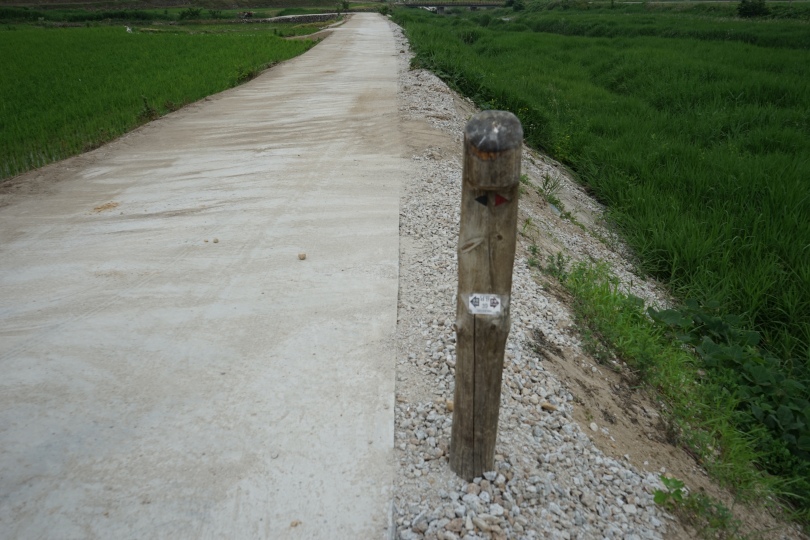Incheon literally translates to ‘kind river.’ It’s a port city that was home to just 4,700 people when its Jemulpo port was built in 1883. Today there are 2.9 million people living in Incheon, and it’s the third most populous city in Korea.
TRAVEL ITINERARY: PART ONE
1. Seafood Noodle Soup (해물 칼국수)
2. Eurwhangni Beach (을왕리해수욕장)
3. Museum of Korean Emigration History (한국이민사 박물관)
4. Chinatown (차이나타운)
5. Jjajangmyeong Museum (자장면 박물관)
6. Open Port Museum (인천개항박물관)
7. Korean-Chinese Cultural Center (한중문화관)
8. Jayu Park (자유공원)
9. Wolmido (월미도)

I got up late yesterday, and so it was already around noon when I arrived in Incheon. There are a lot of local restaurants near Eurwhangni Beach (을왕리해수욕장), so I headed there to get some seafood noodle soup (해물 칼국수) and some fried shrimp. I got the deluxe, more expensive version which was 33,000 won for two people, and it came with two live abalones, a live octopus, and plenty of clams.

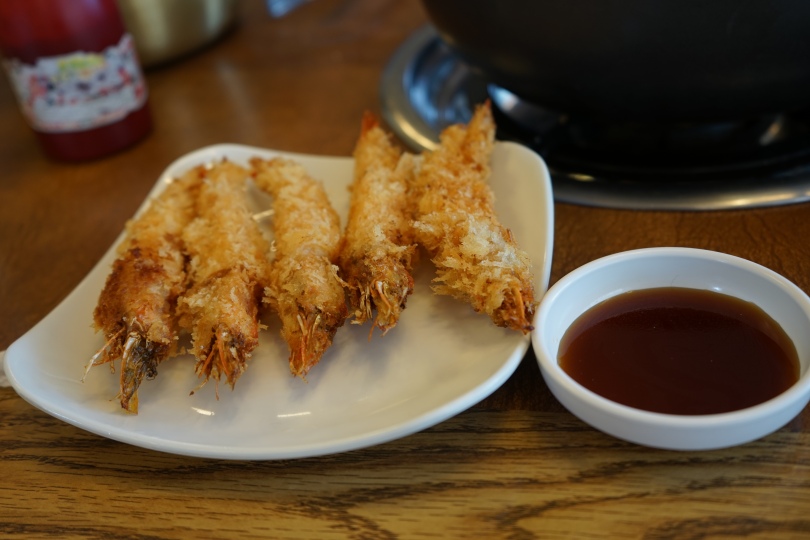
Eurwhangni Beach is the most popular beach in Incheon, so there are plenty of places to stay and eat nearby. There are lots of restaurants, cafes, and convenience stores. At this time of the year, the water was lukewarm and it was pretty muddy, so while it wasn’t the most refreshing place for a swim, it was still better than nothing.
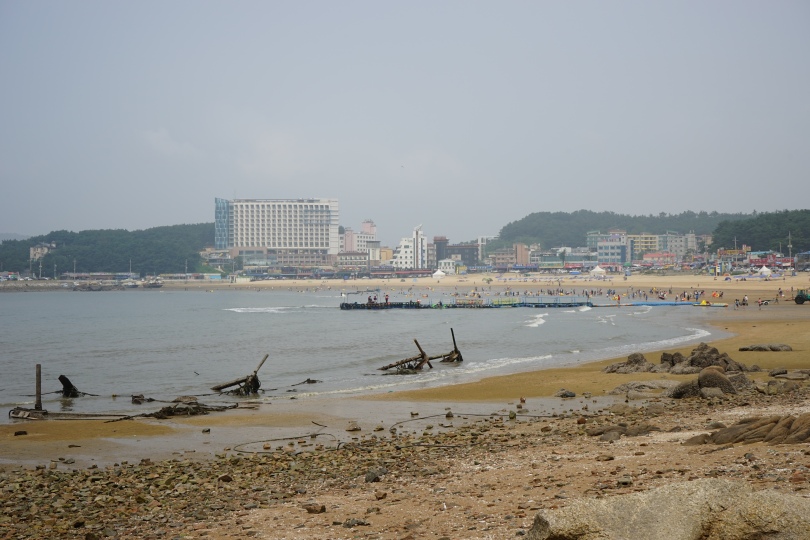
 There were some seagulls.
There were some seagulls.

This was a path that ran parallel to the shore.

Eurwhangni Beach Admission Fee: free
Parking Fee: free
Operating Hours: 24 hours
The day got hotter quickly, so I decided to head indoors. My favorite museum is the Museum of Korean Emigration History 한국이민사 박물관. Because Incheon is a port city, it was the nation’s first emigration departure site. The first Korean immigrants went to Hawaii in 1902. At the time, Hawaii had a rising demand for sugarcane, but were no longer able to depend on Chinese laborers due to the passing of the Chinese Exclusion Act. The first group consisted of 121 immigrants, but over the course of the next few years, roughly 7,500 individuals went to Hawaii to work on the sugarcane plantations. The second floor focused mainly on this diaspora, and the harsh lives of the Koreans once they got to Hawaii, while the second floor focused on emigration to South America.

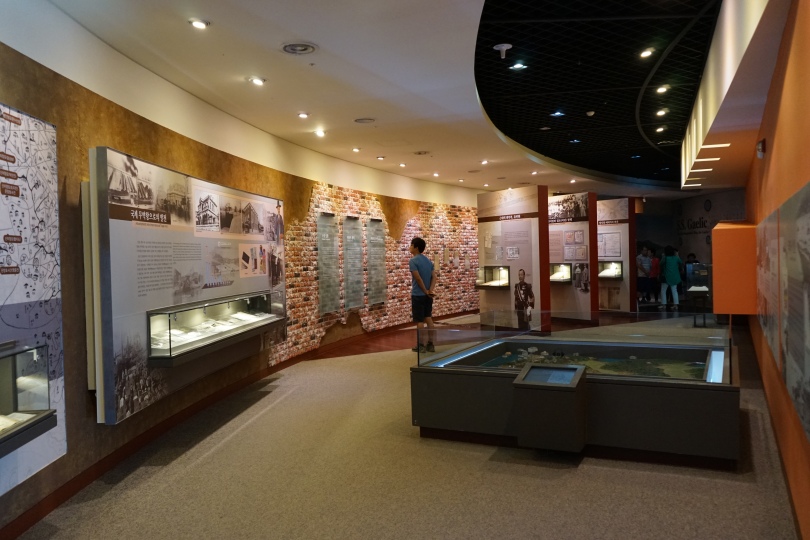


Museum of Korean Emigration History Admission Fee: free
Parking Fee: temporarily free
Operating Hours: 9 am – 6 pm / Closed Mondays & New Year’s Day
Average Viewing Time: one hour
Language: Korean, English
Contact Information: mkeh.incheon.go.kr
Since the Museum of Korean Emigration History is located inside Wolmido Island 월미도, I thought it would be fun to walk around the park nearby, but it was way too hot, so I went to Chinatown first. Chinatown is made up of many medium sized buildings, so there was plenty of shade. It was the only naturally forming Chinatown in Korea, and it began in 1883 with the opening of Incheon Port. The Chinese settlements there began thriving by the 1900s. It was known as Cheonggwan Street at the time and was the largest commercial district in Incheon, growing to a population of about 10,000. There’s so much to do in Chinatown besides eating Chinese food.



There was the Jjajangmyeong Museum 자장면 박물관. I learned about how jjajangmyeong was first developed by Chinese laborers from the Shandong Province who needed a cheap and quick meal, and how over the meal has developed into a modern cultural icon. This museum is located in the former Gonghawchun Restaurant which was a thriving Chinese restaurant built in 1908.





Jjajangmyeon Museum Admission Fee: 1,000 won / adult or (1,700 won for a combination ticket to the Jjajangmyeon Museum, Open Port Museum)
Operating Hours: 9 am – 6 pm / Closed Mondays & New Year’s Day, Lunar New Years, Chuseok
Average Viewing Time: 30 minutes
Language: Korean, Chinese
Contact Information: icjg.go.kr
Since I purchased a combination ticket, I wanted to check out all the nearby museums before they closed. The Open Port Museum 인천개항박물관 is located in a former Japanese First National Bank, which reminded me of the museum that I had been to in Mokpo, which was another large port city. With the opening of Incheon harbor in 1883, many European, American, and Japanese official settled in Incheon, leading to a lot of great modern architecture. Jemulpo had been a quiet fishing village in Incheon but later became a crossroads of western culture. This area had the first modern style park, hotel, theater, school, railway, mint, postal office, and more.


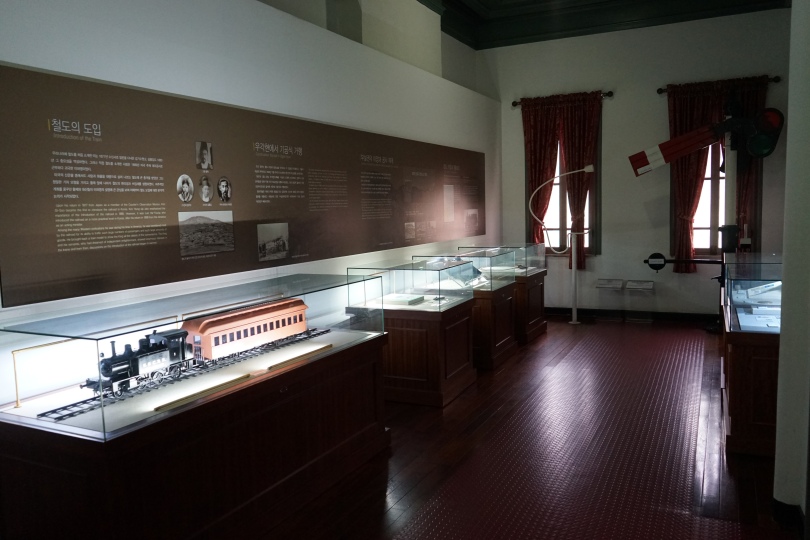
Open Port Museum Admission Fee: 500 won / adult (or 1,700 won for a combination ticket)
Operating Hours: 9 am – 6 pm / Closed Mondays, New Year’s Day, Lunar New Years, Chuseok
Average Viewing Time: 30 minutes
Language: Korean, English
Contact Information: 032) 760-7508 www.icjgss.or.kr/open_port
The Modern Architecture Museum 인천 개항장 근대건축전시관 is located nearby. It had a lot of similar information to the Open Port Museum, but focused a little bit more on the actual buildings. Many of these buildings still exist today around Chinatown, so it was fun to look for them after reading about them in the museum.
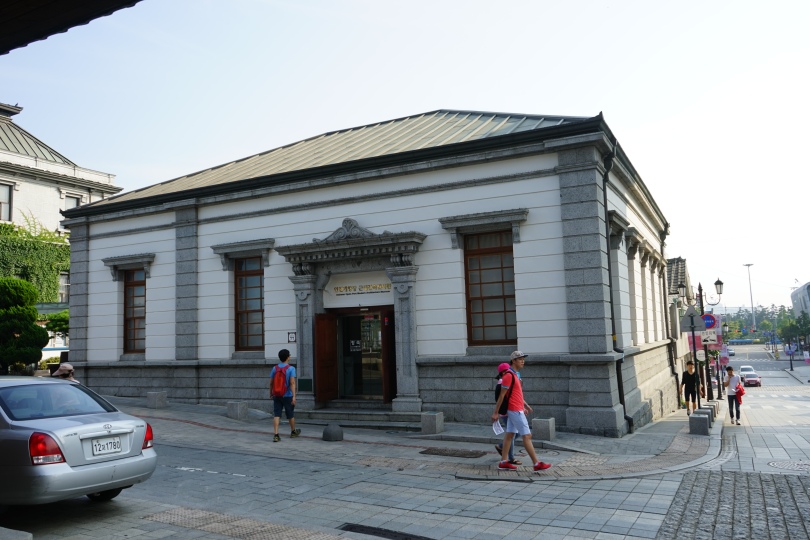

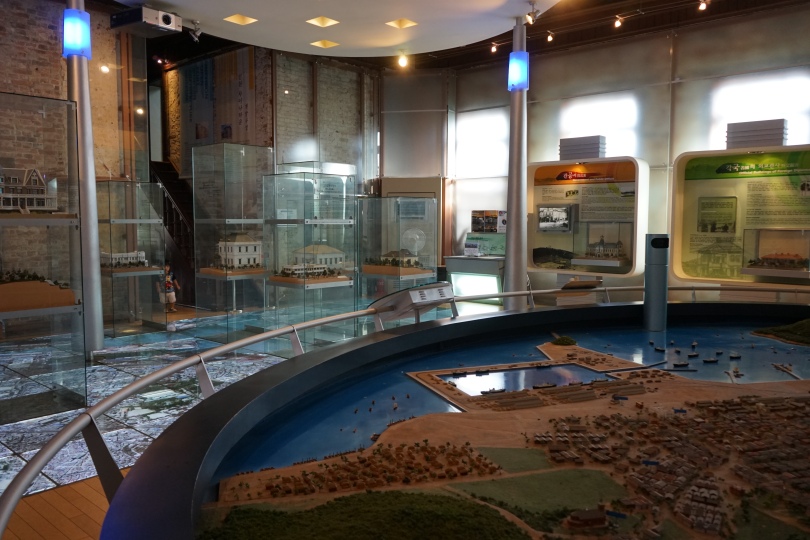
Open Port Museum Admission Fee: 500 won / adult (or 1,700 won for a combination ticket)
Operating Hours: 9 am – 6 pm / Closed Mondays, New Year’s Day, Lunar New Years, Chuseok
Average Viewing Time: 30 minutes
Language: Korean, English
Contact Information: 032) 760-7863 www.icjgss.or.kr/architecture
The last exhibition hall I checked out in Chinatown was the Korean-Chinese Cultural Center 한중문화관. It had a lot of interesting items to look at, but not much in terms of explanation. There was a circus type performance going on outside, and the Cultural Center often has free performances.
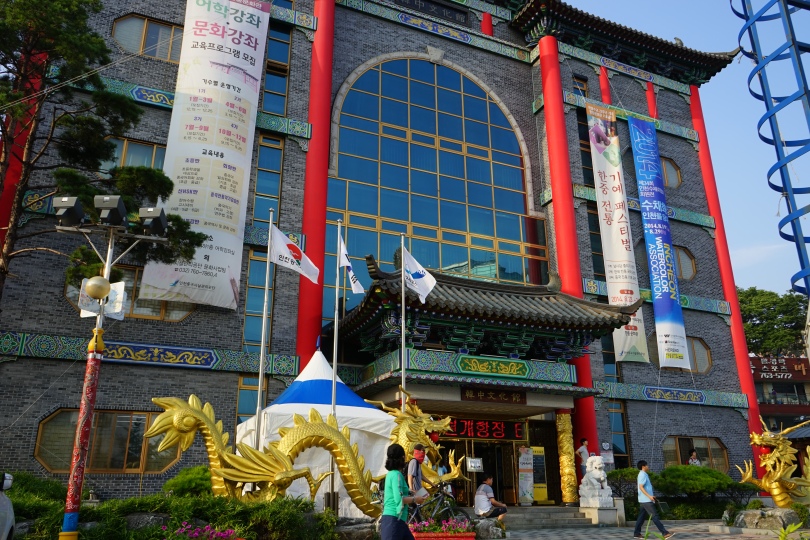

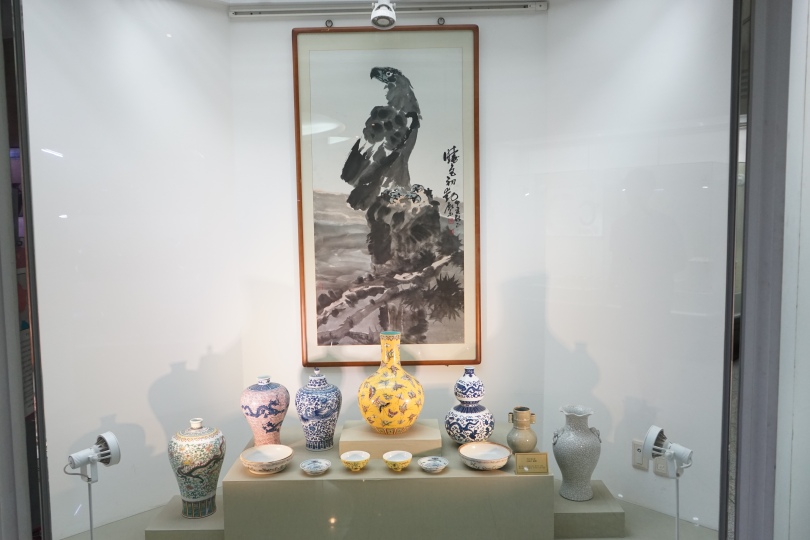
Korean-Chinese Cultural Center Admission Fee: free
Operating Hours: 9 am – 6 pm / Closed Mondays, New Year’s Day, Lunar New Years, Chuseok
Average Viewing Time: 30 minutes
Language: Korean, Chinese
Contact Information: 032) 760-7865
For dinner I got some standard Jjajangmyeong and tangsuyuk.
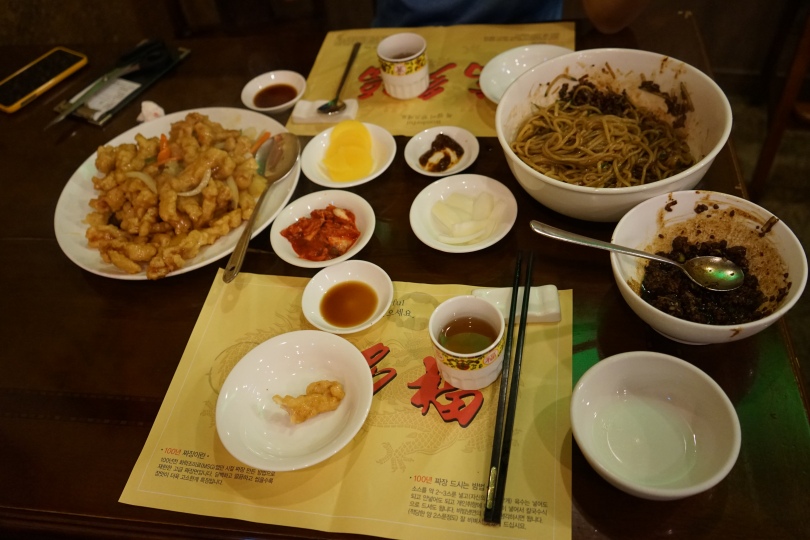
Then took a walk around Jayu Park, the first modern park in Korea.



Since it was cool enough to walk around at night, I went back to Wolmido, which is perfect for a night stroll. There are two amusement parks here that are only about 5 minutes apart from each other by foot, and they are connected by a boardwalk. There’s a large musical fountain by the boardwalk that goes off once an hour.
Next time, I plan out checking more of the islands of Incheon, and the Songdo region.
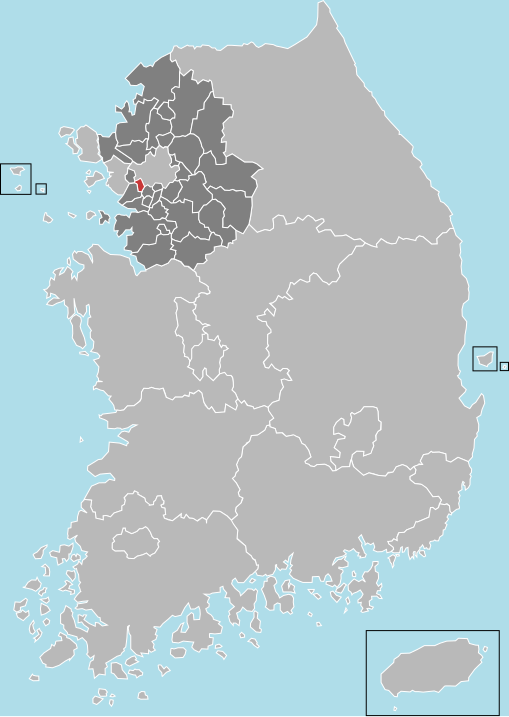

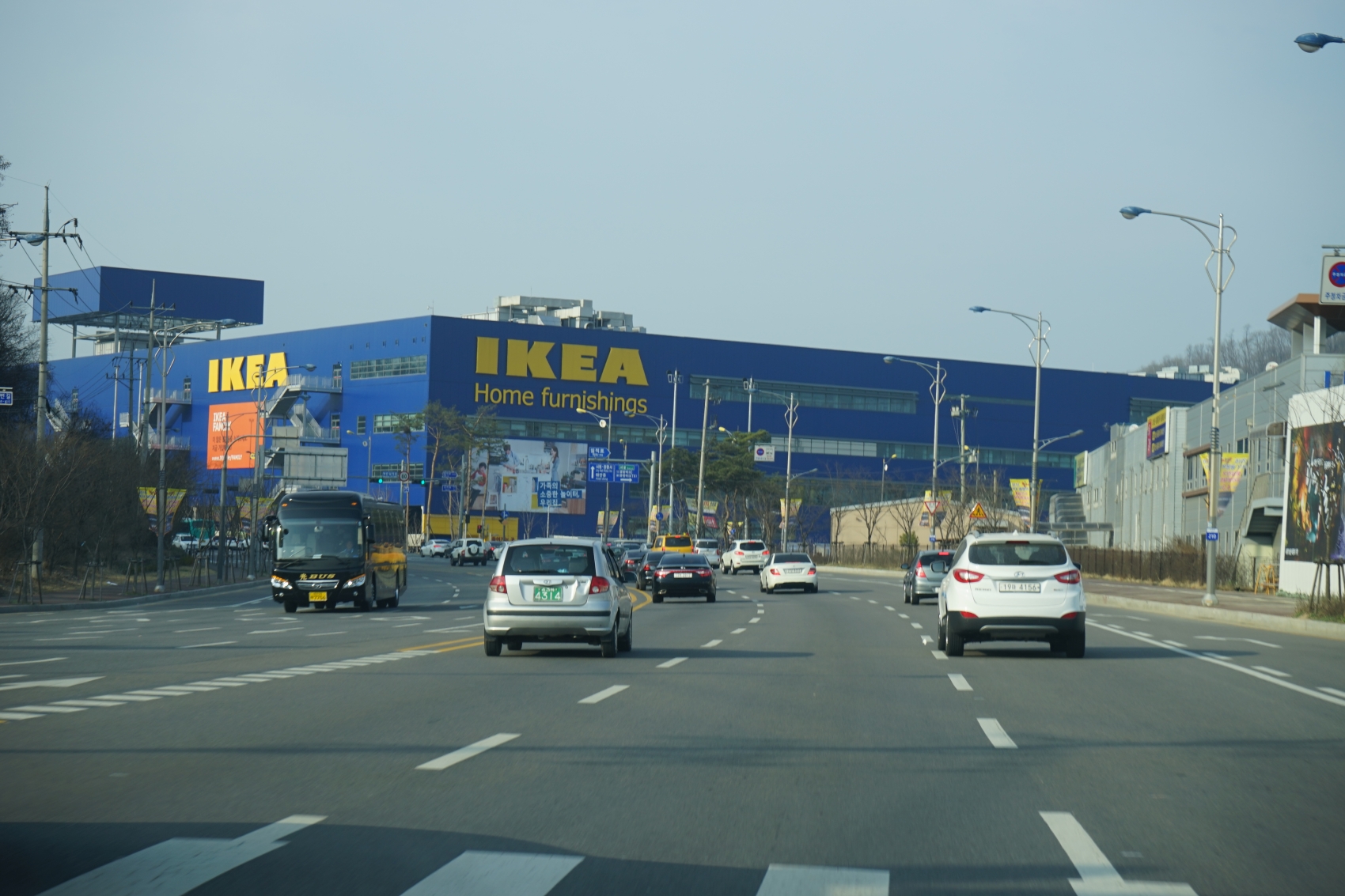
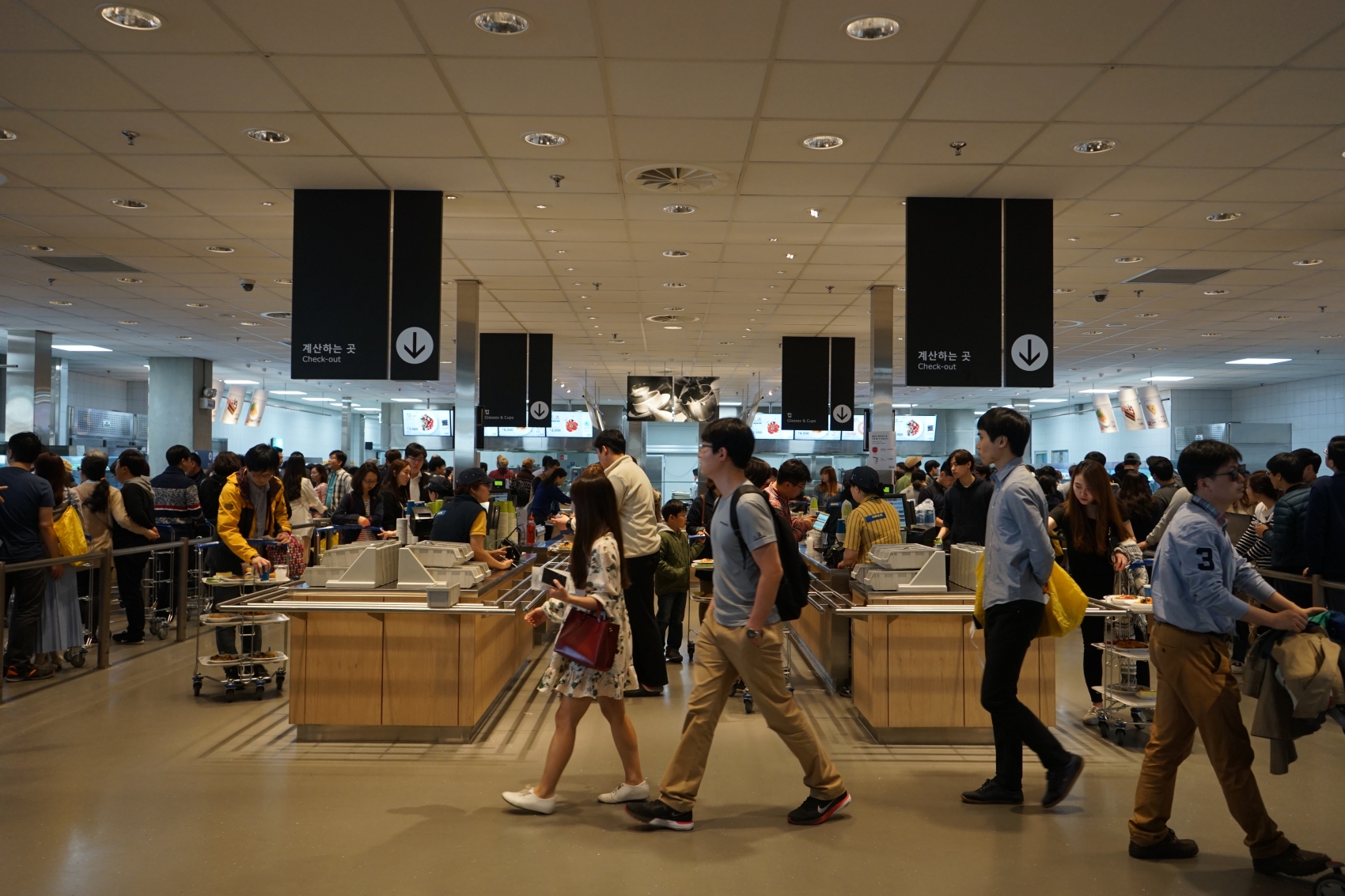




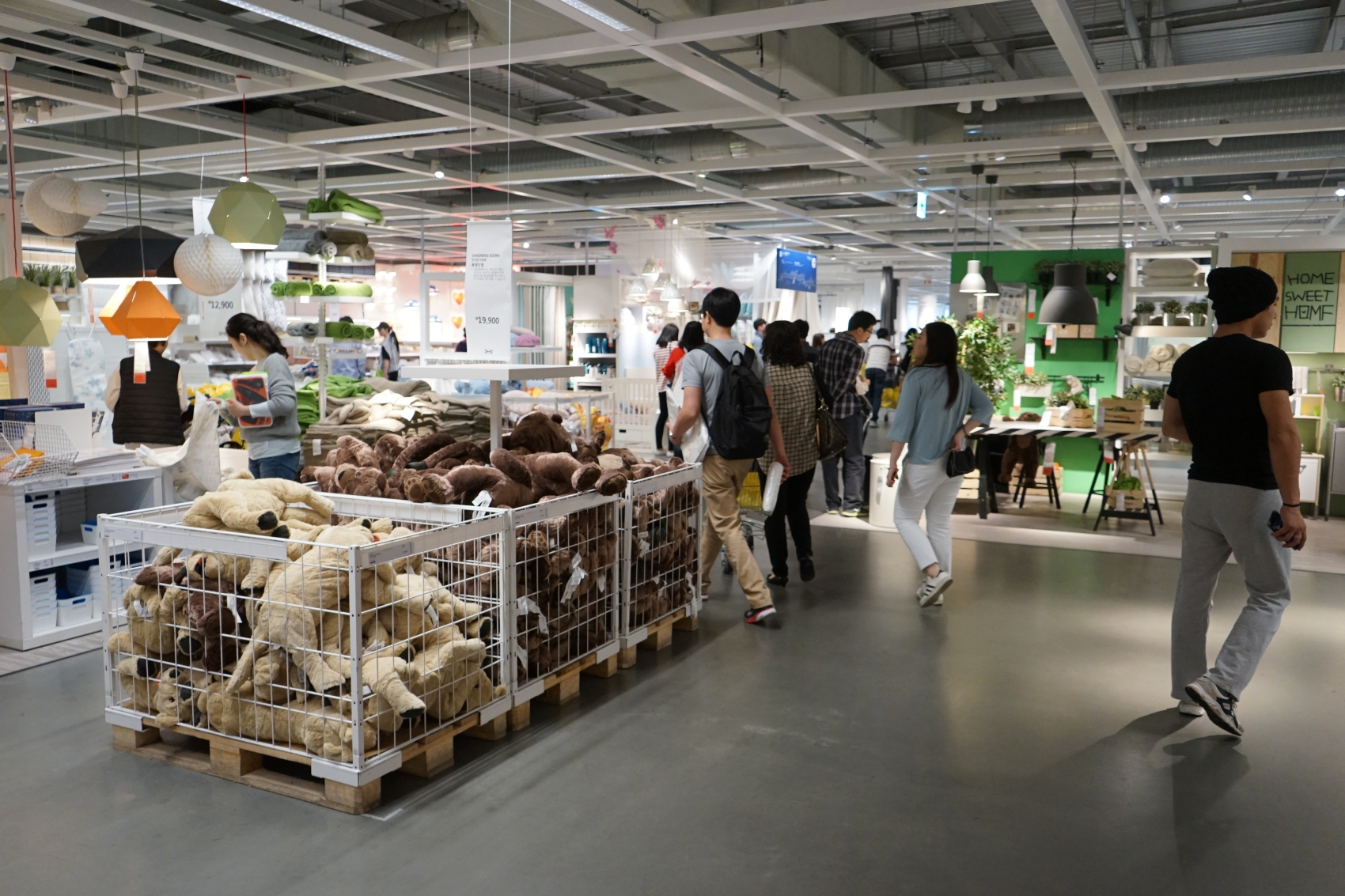
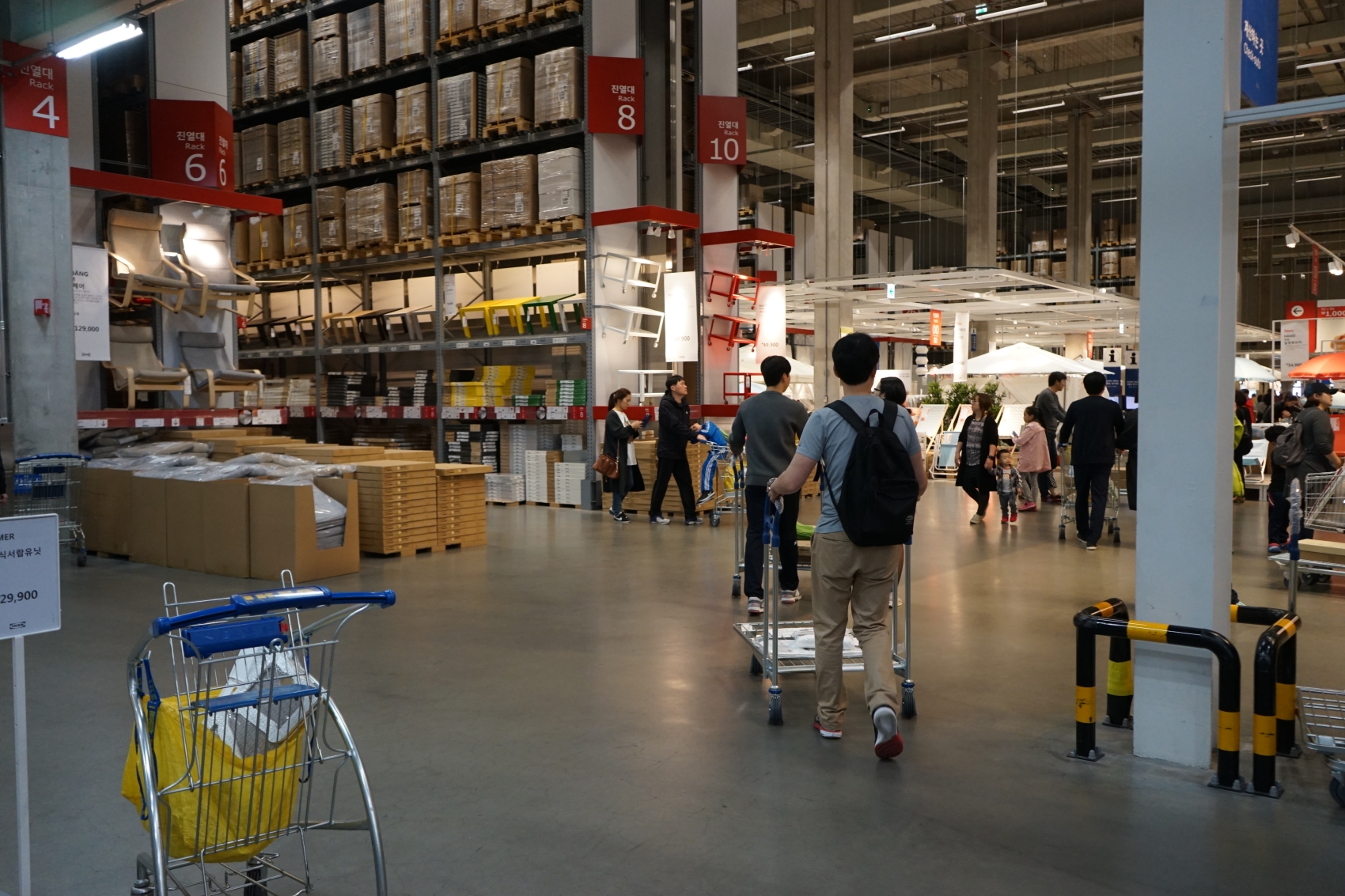
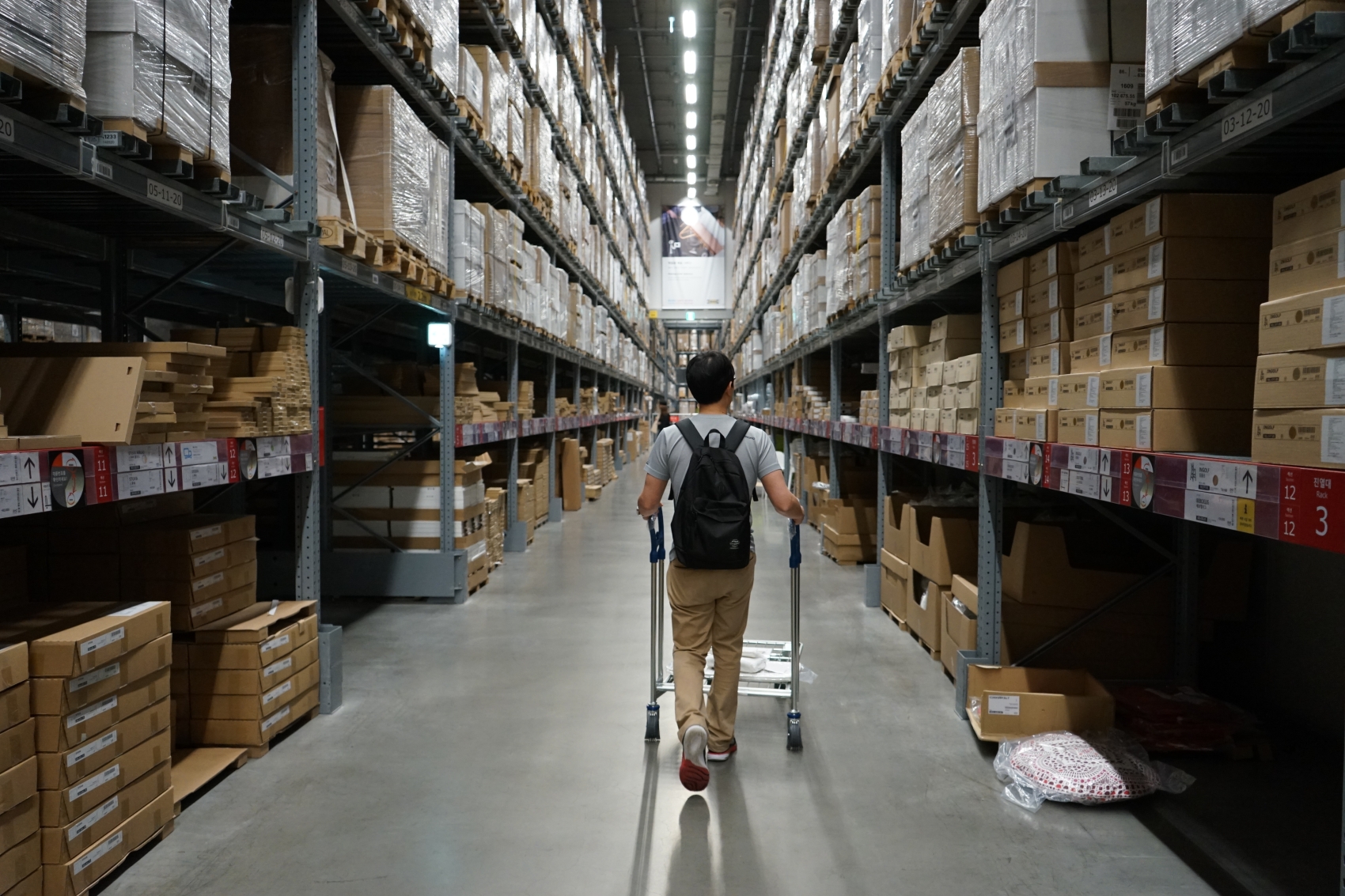
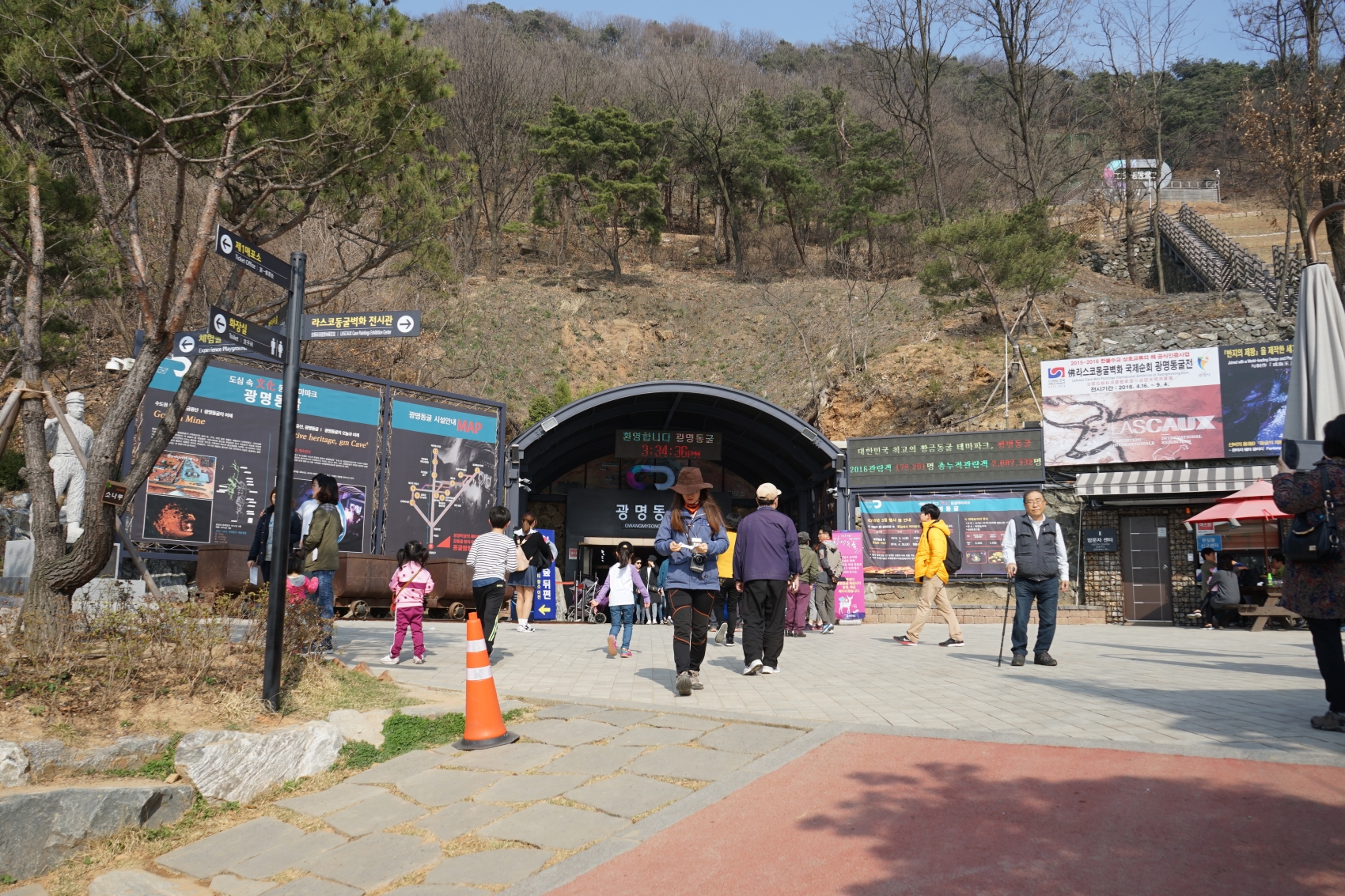
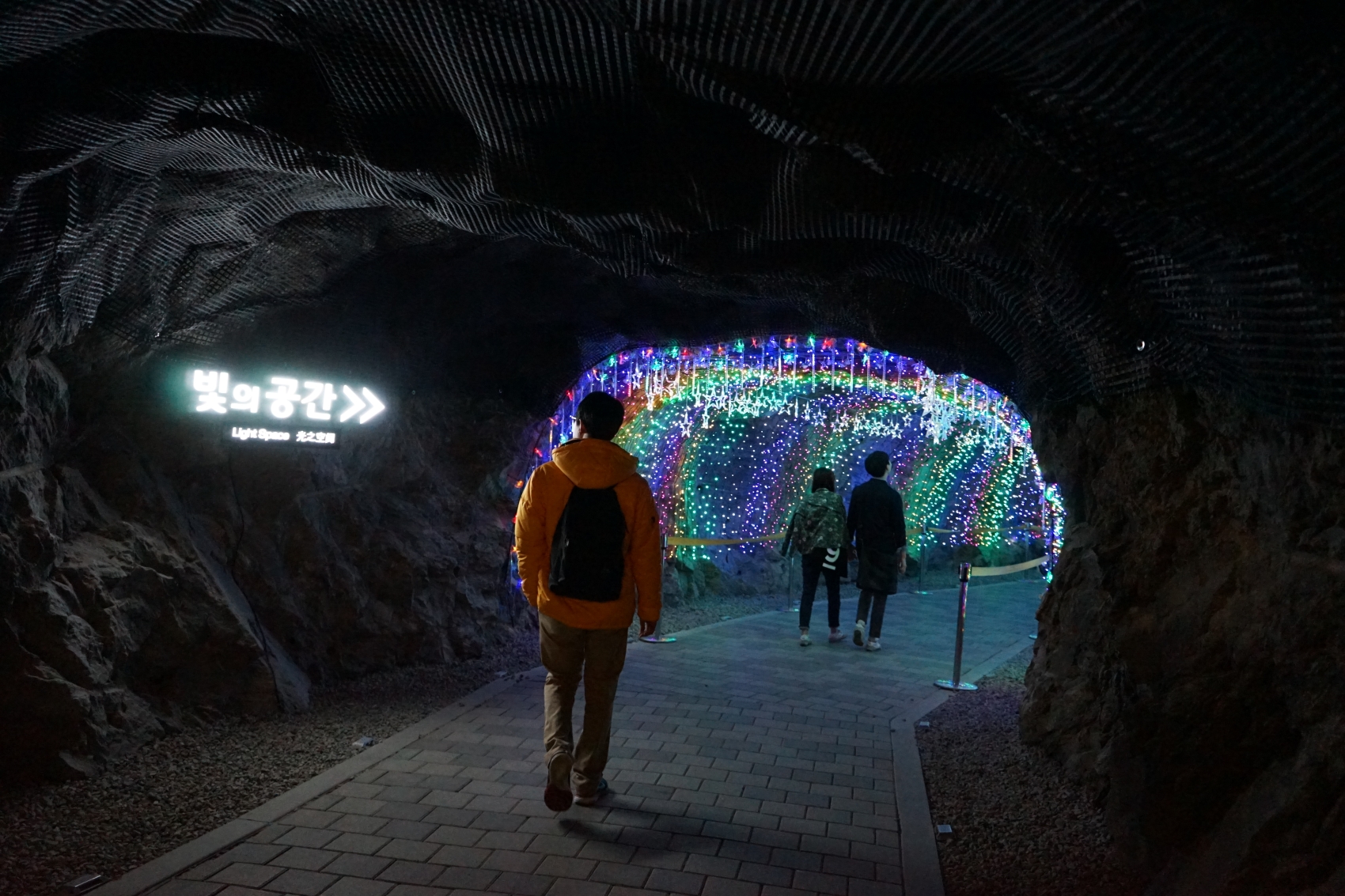
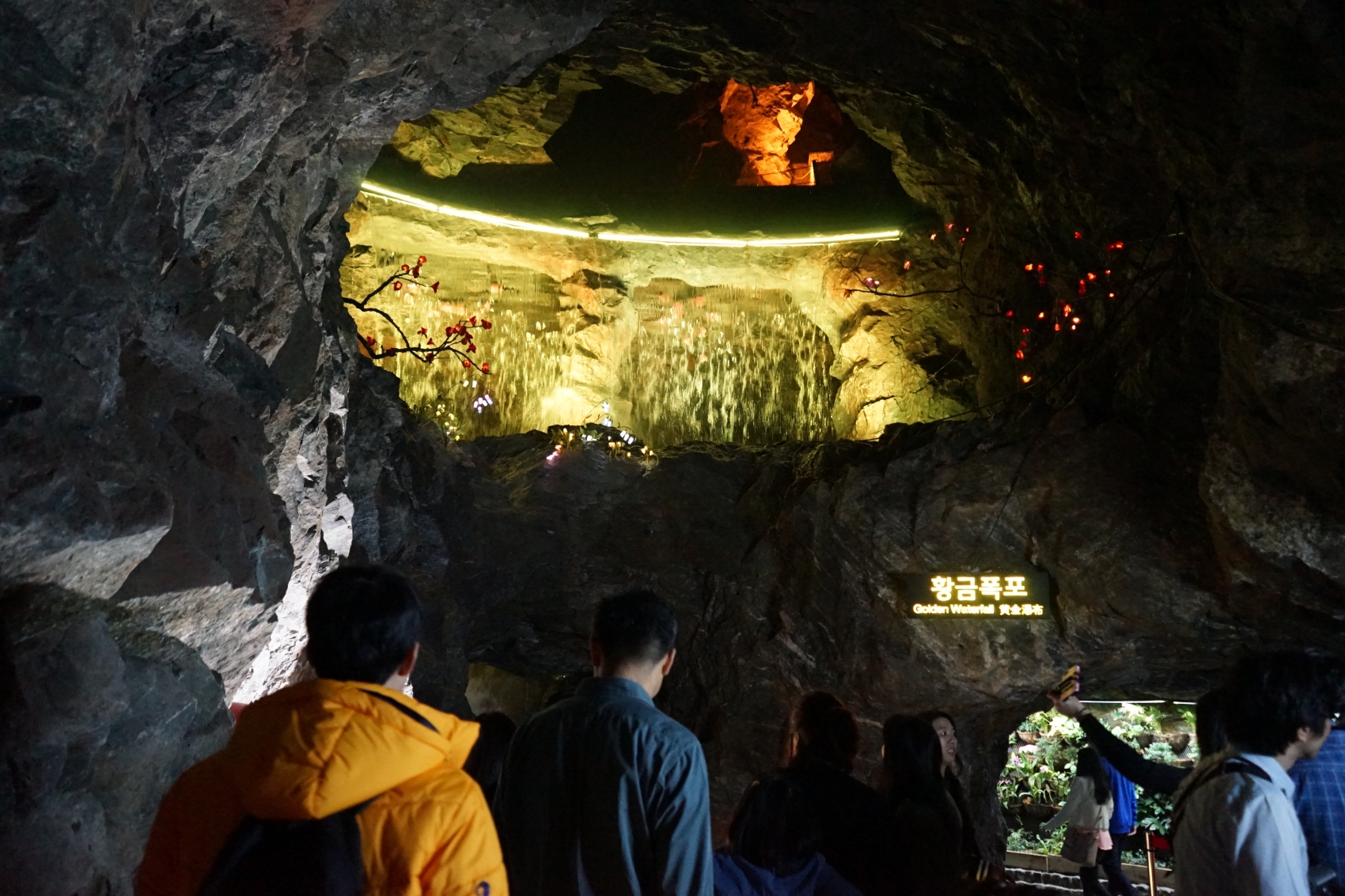
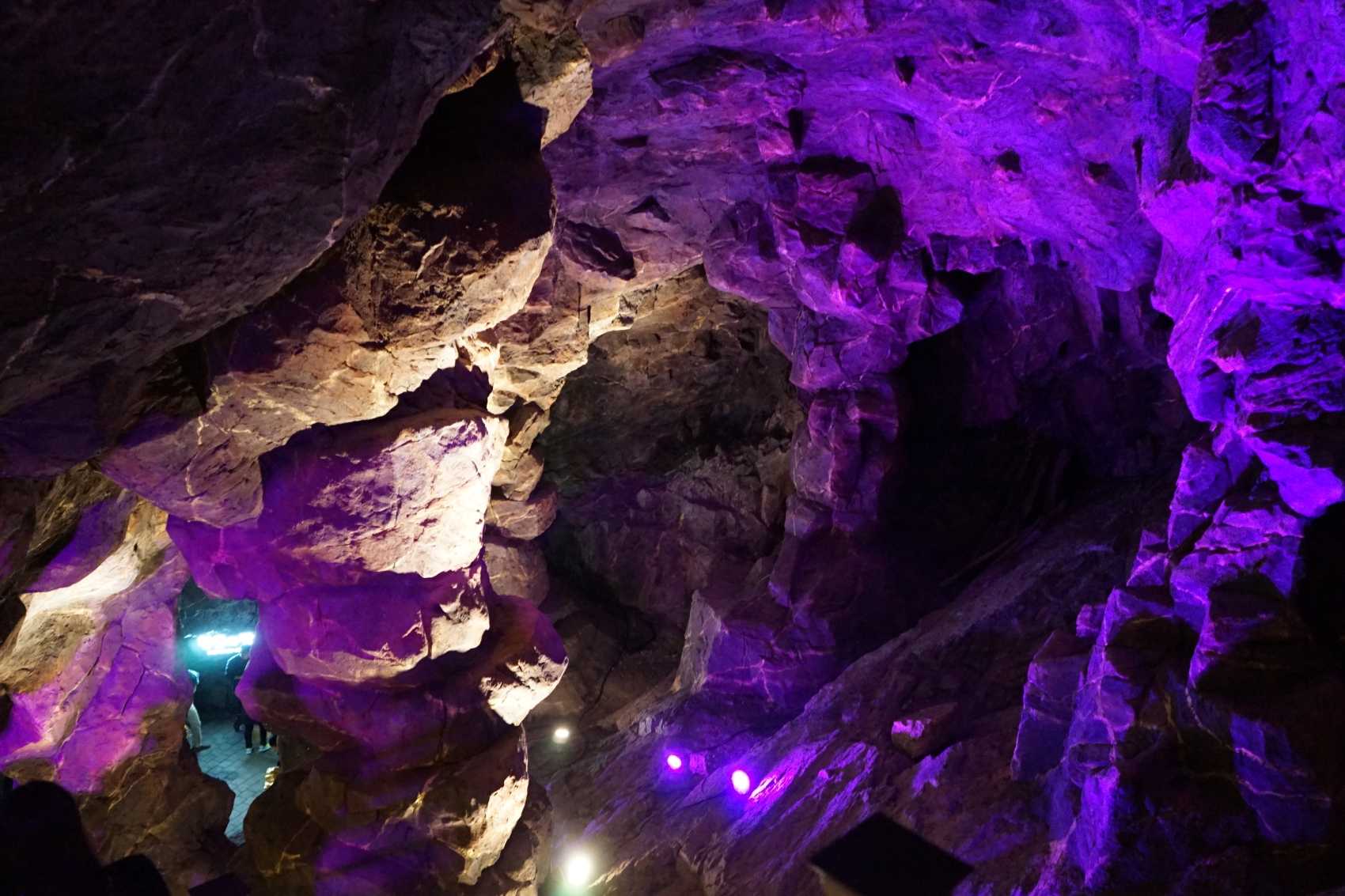

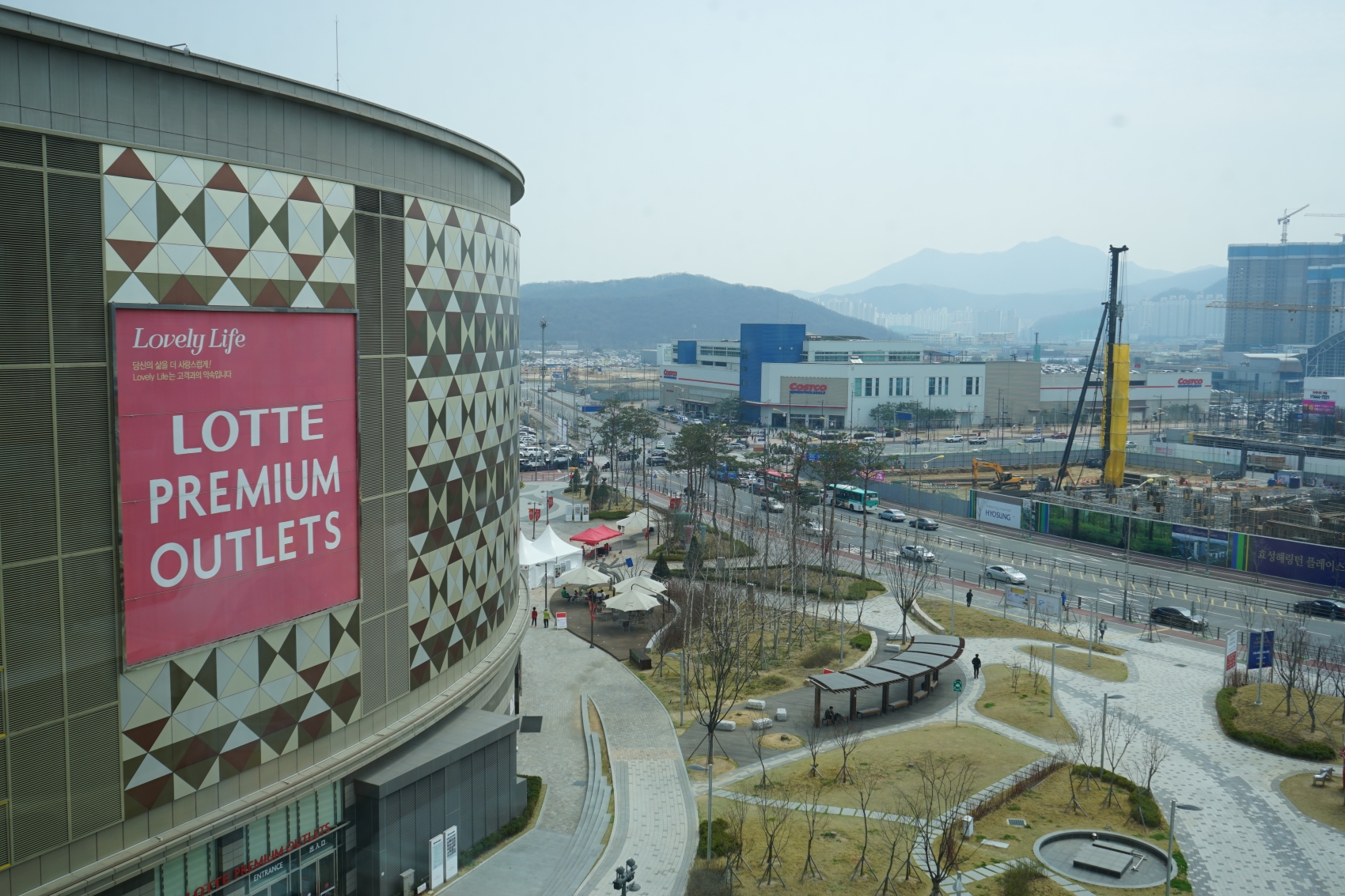
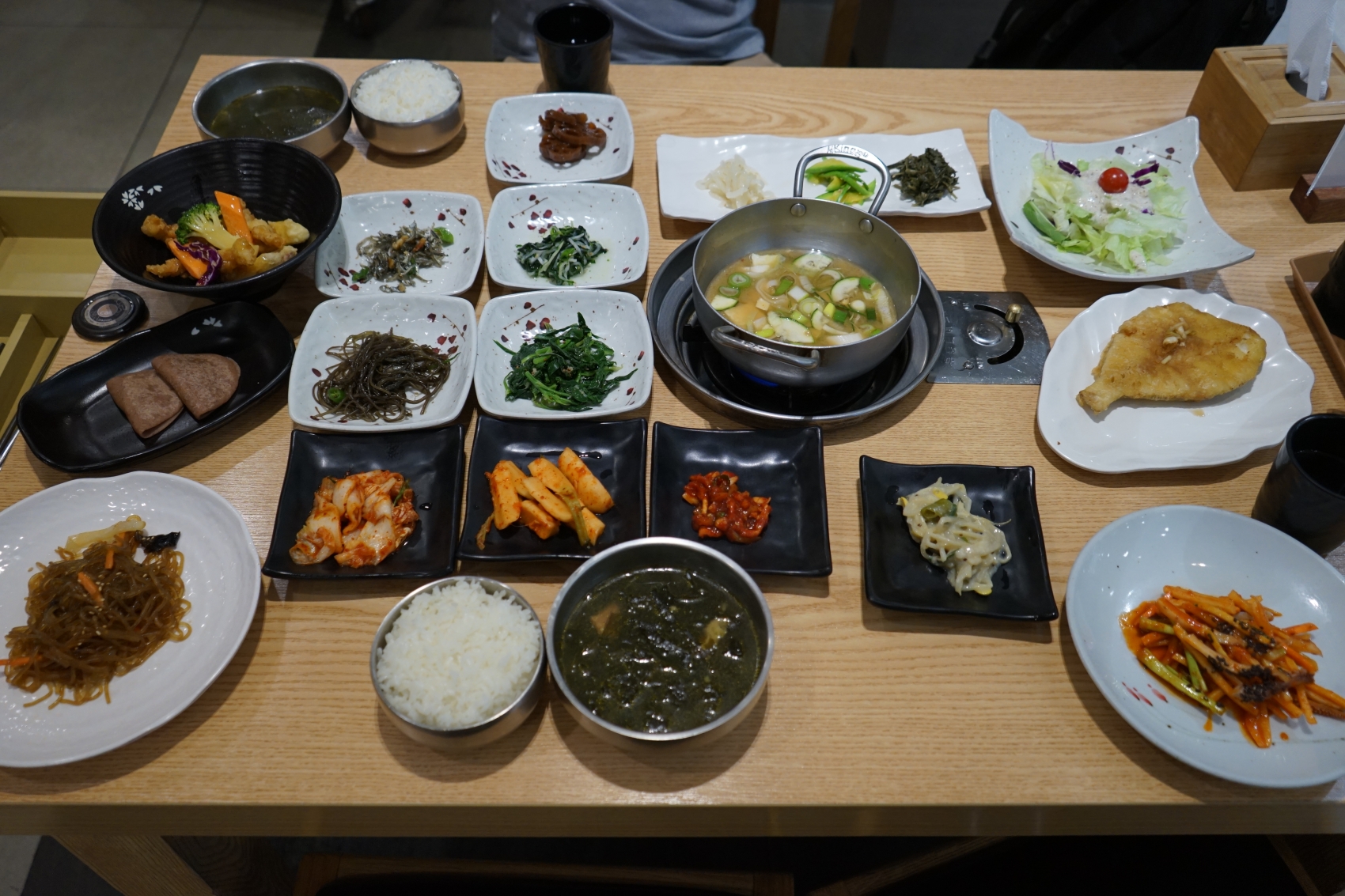
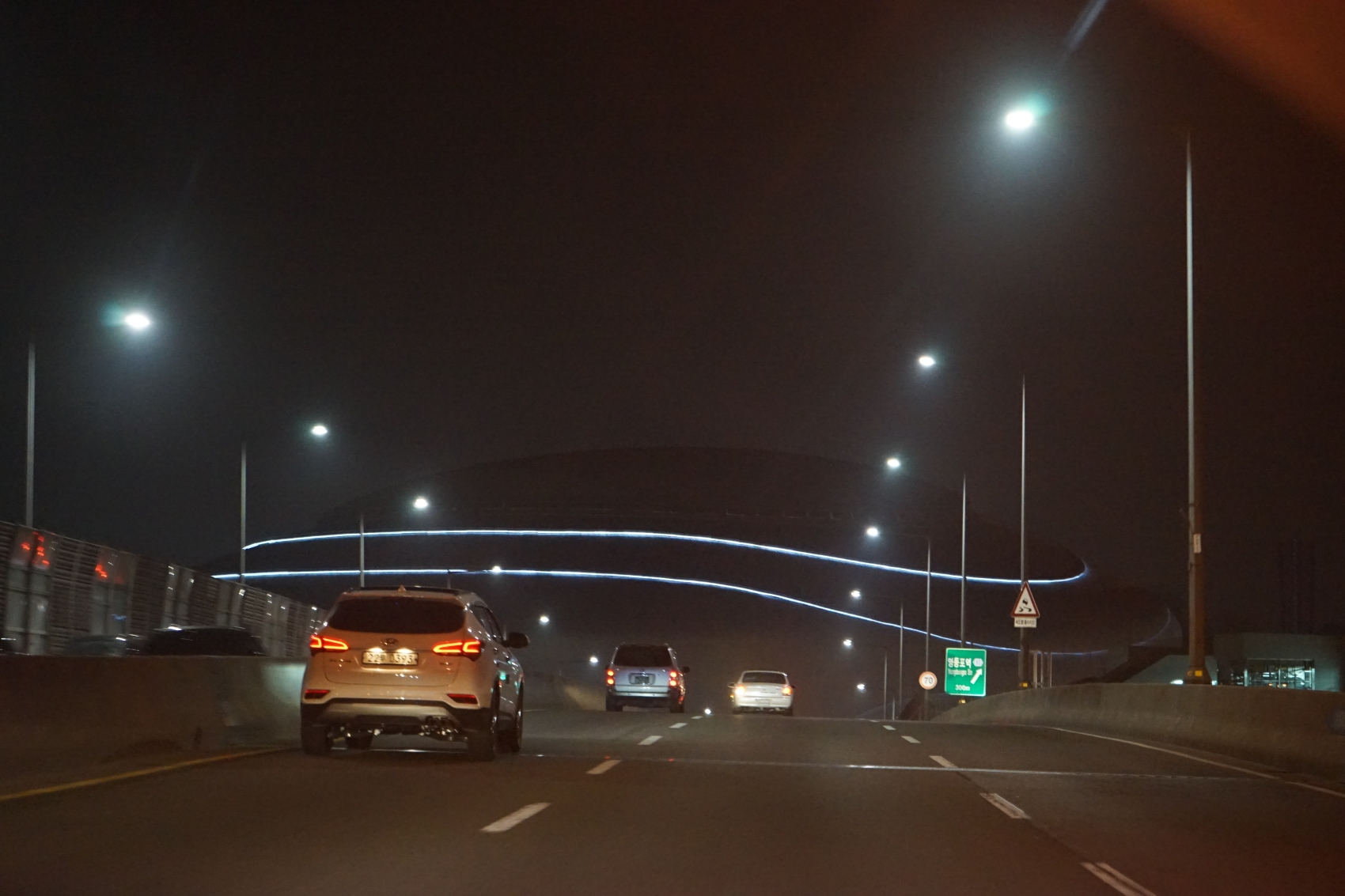
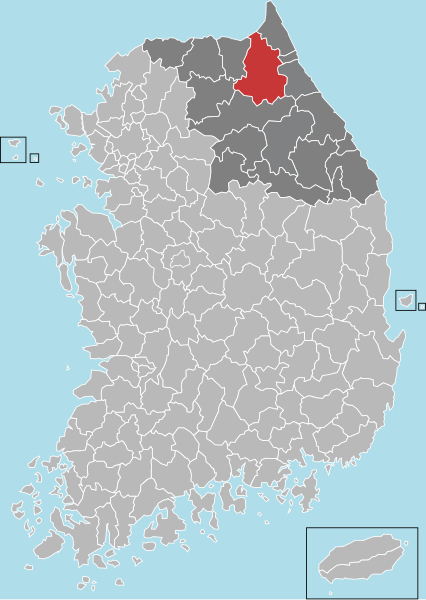

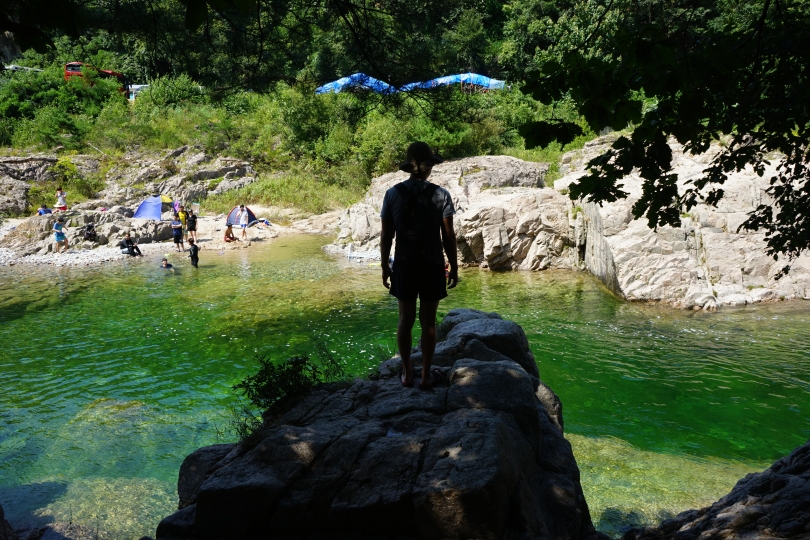

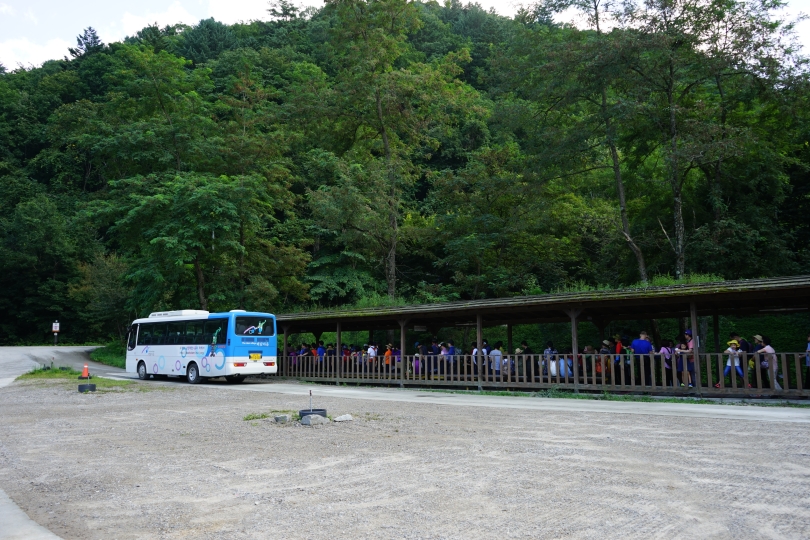



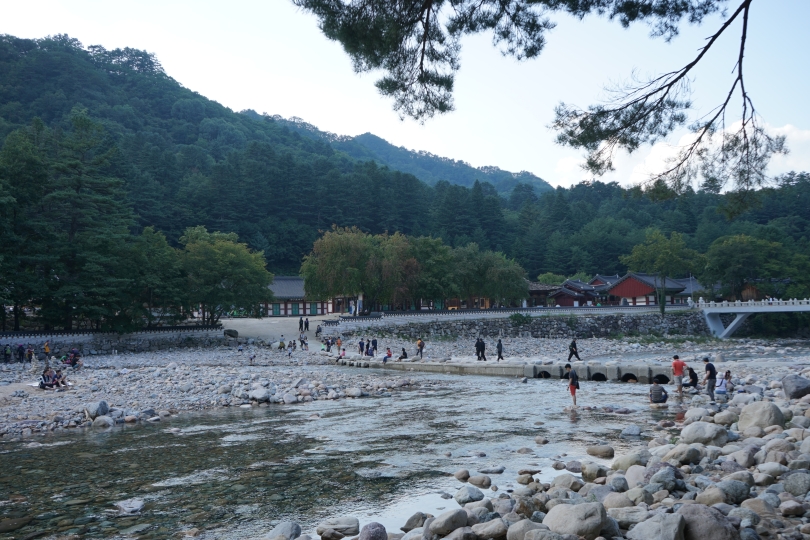



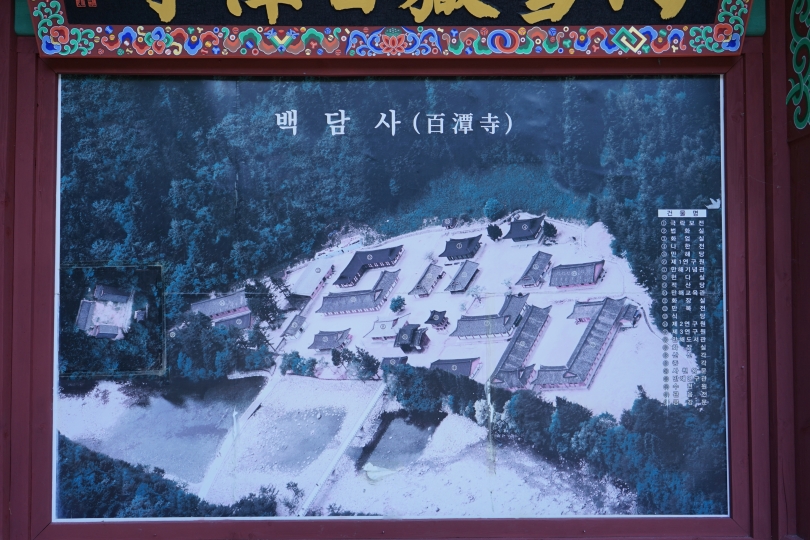



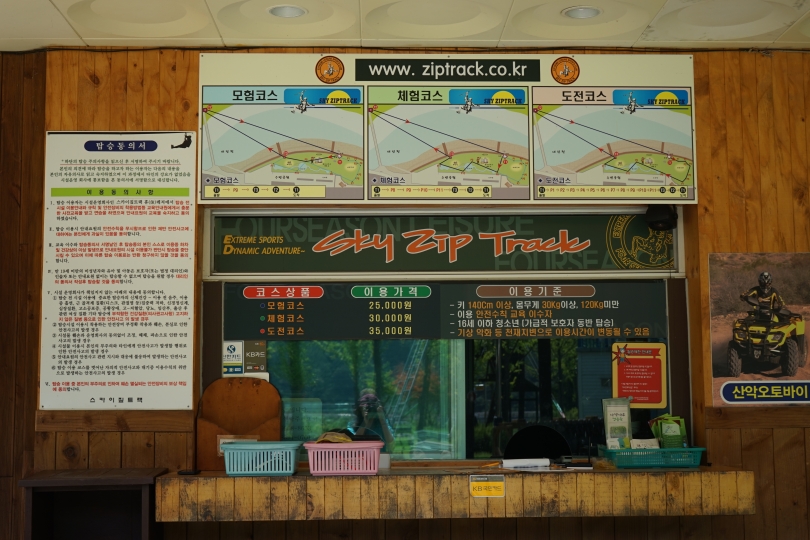

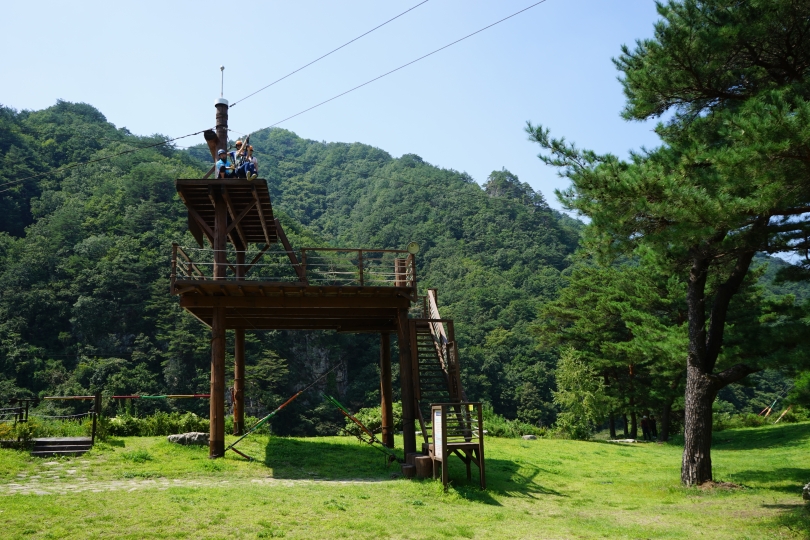



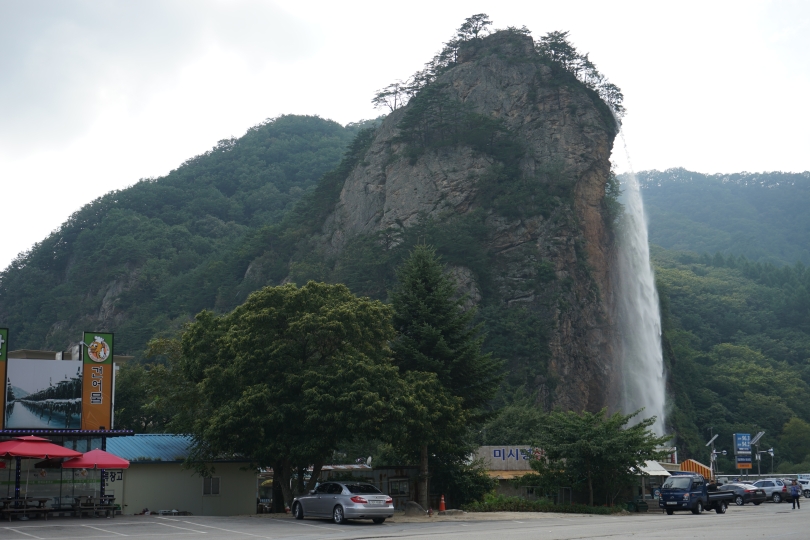



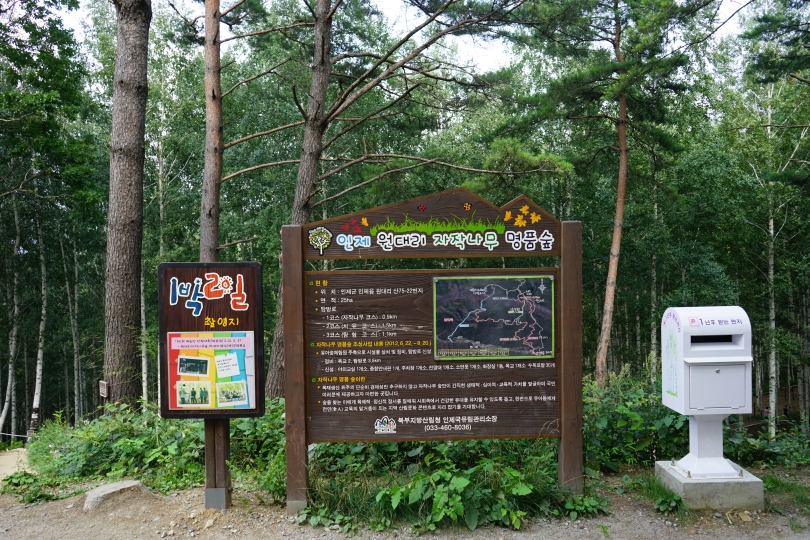





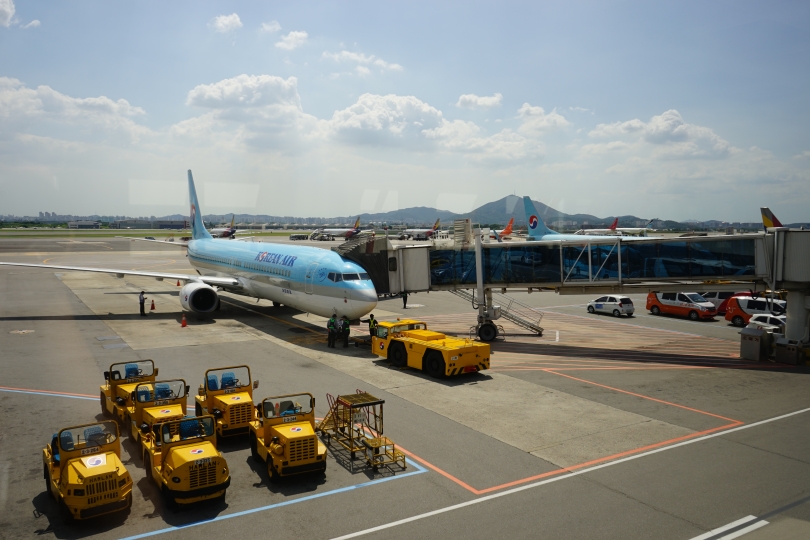
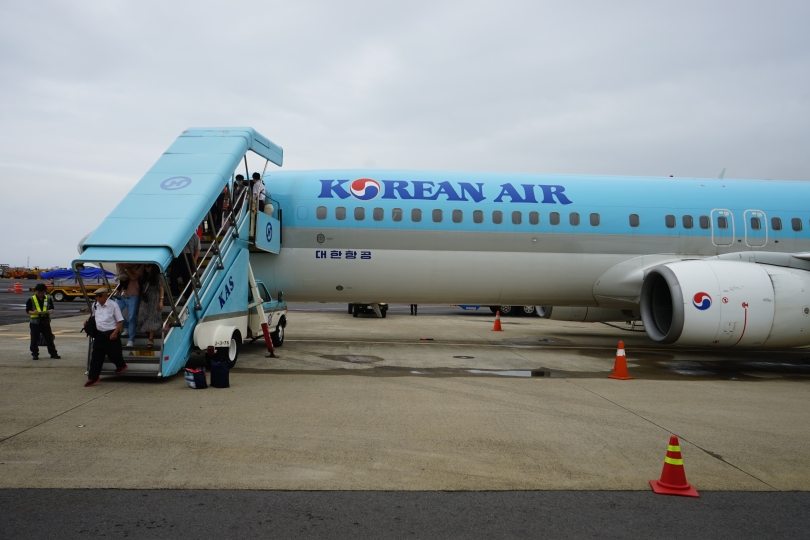










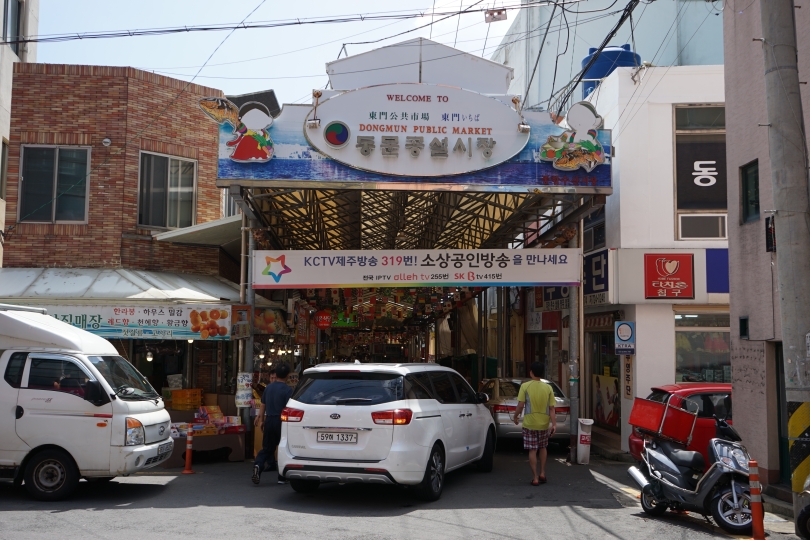
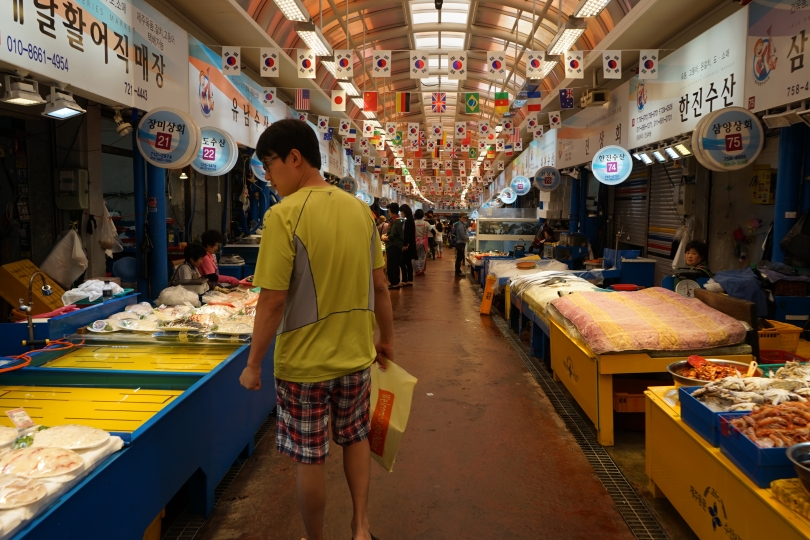

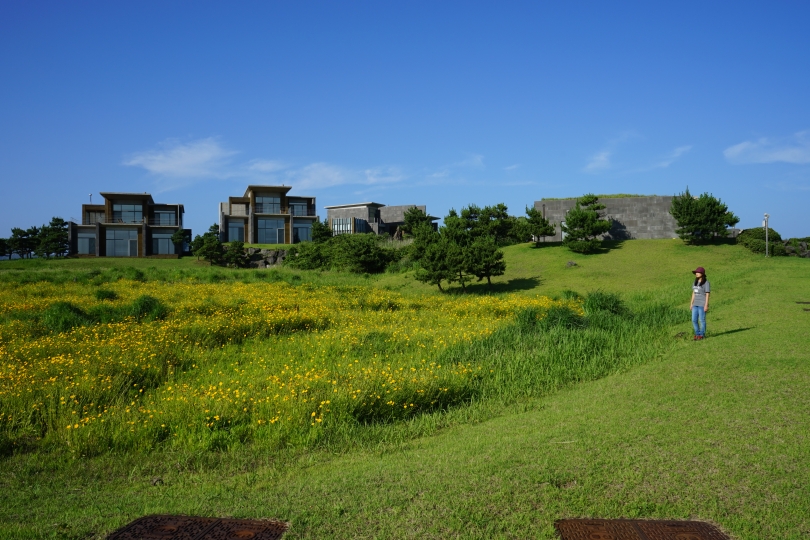


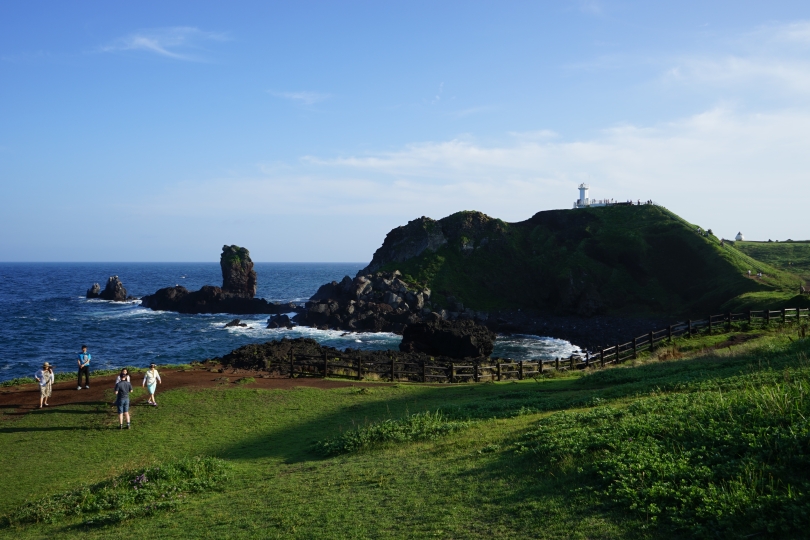
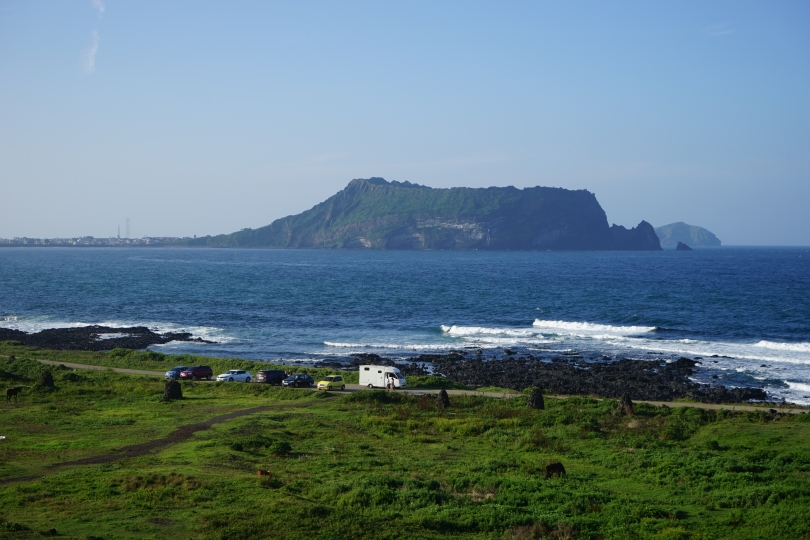
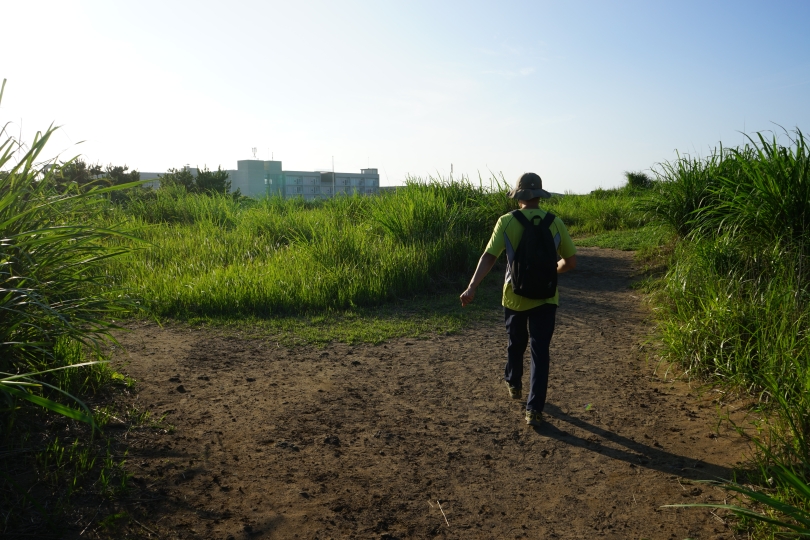
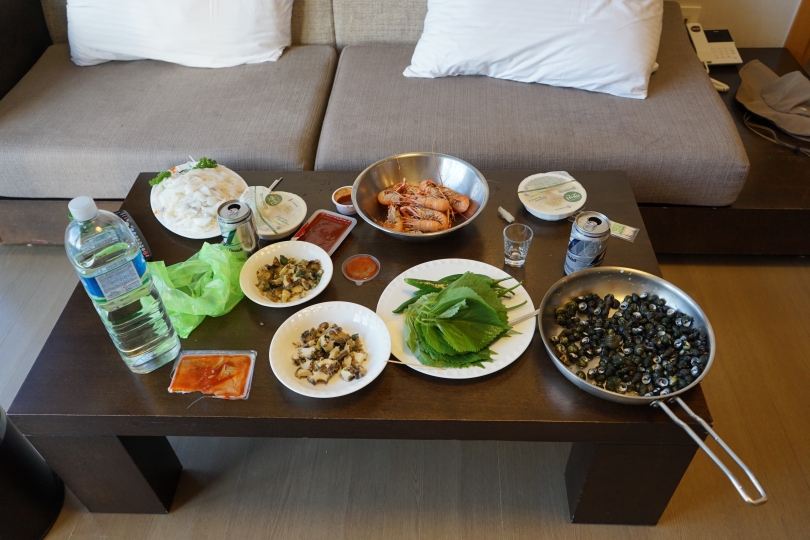






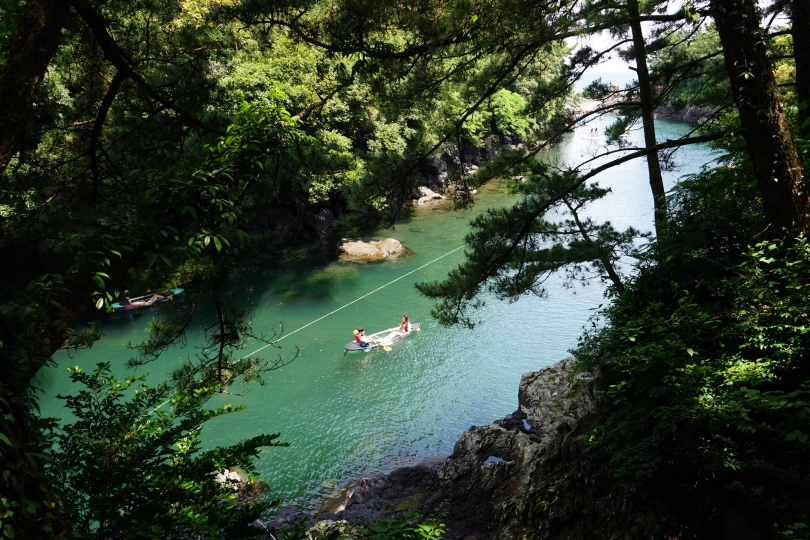

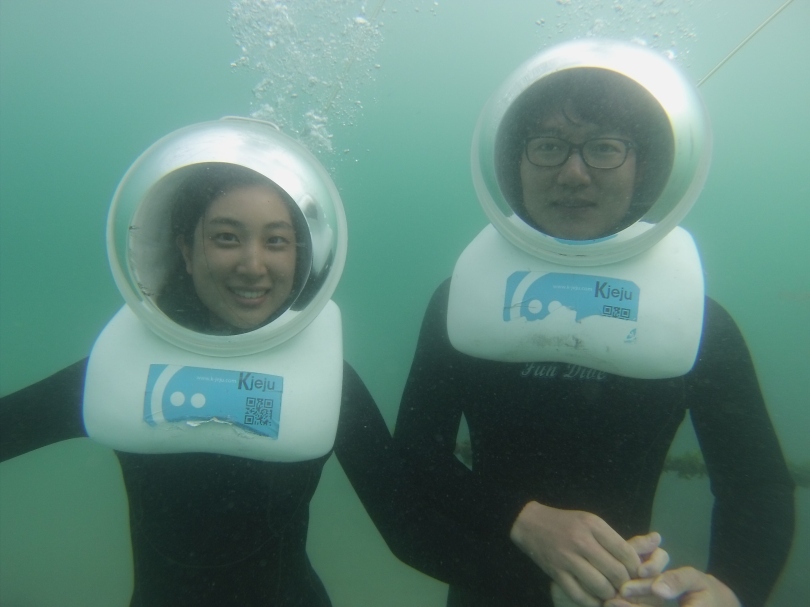



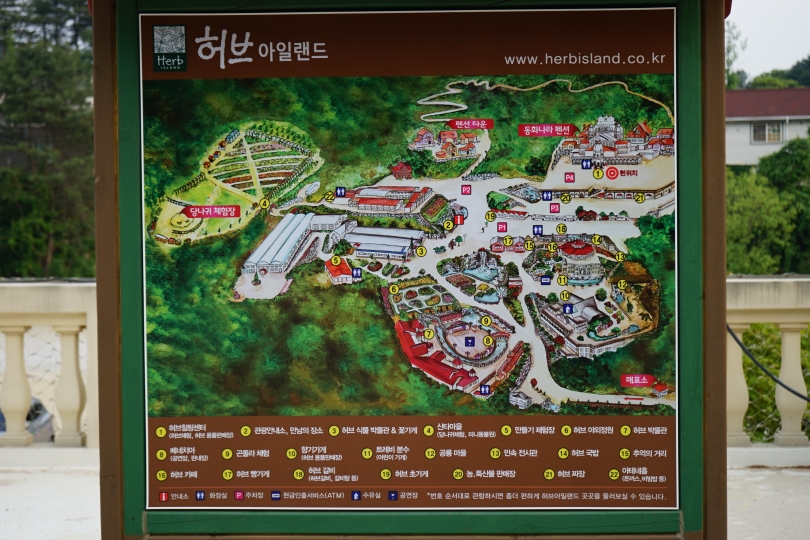
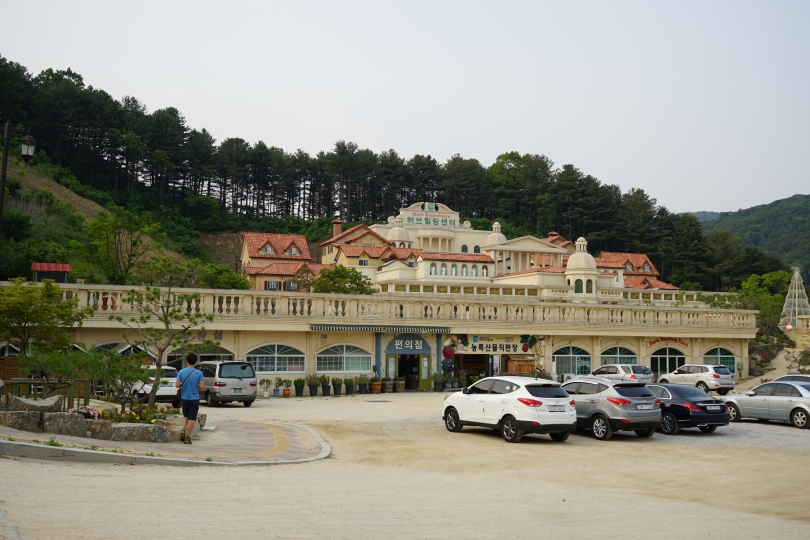


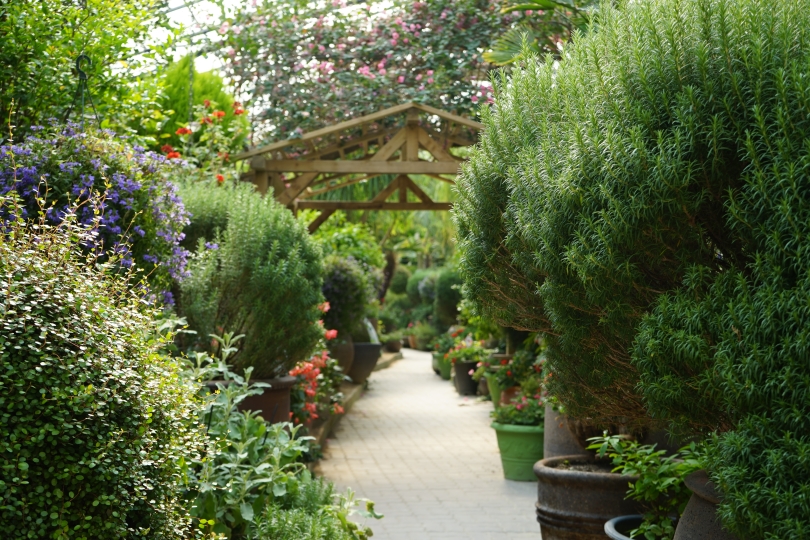

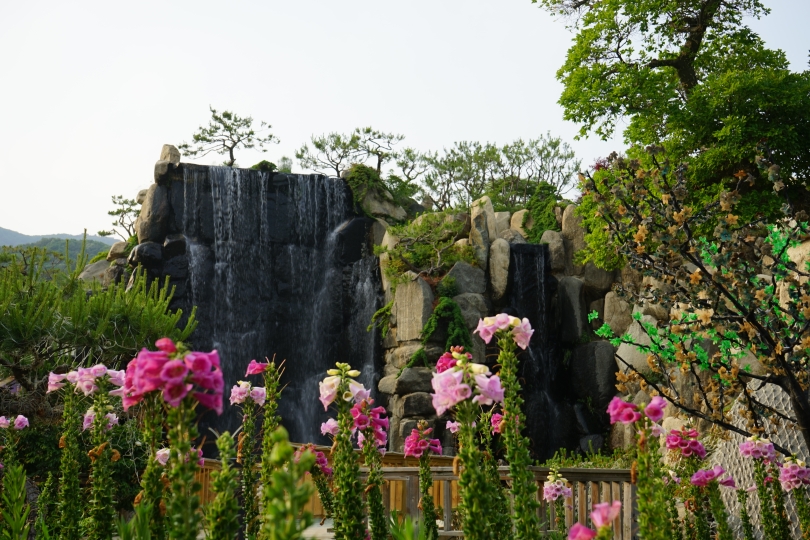



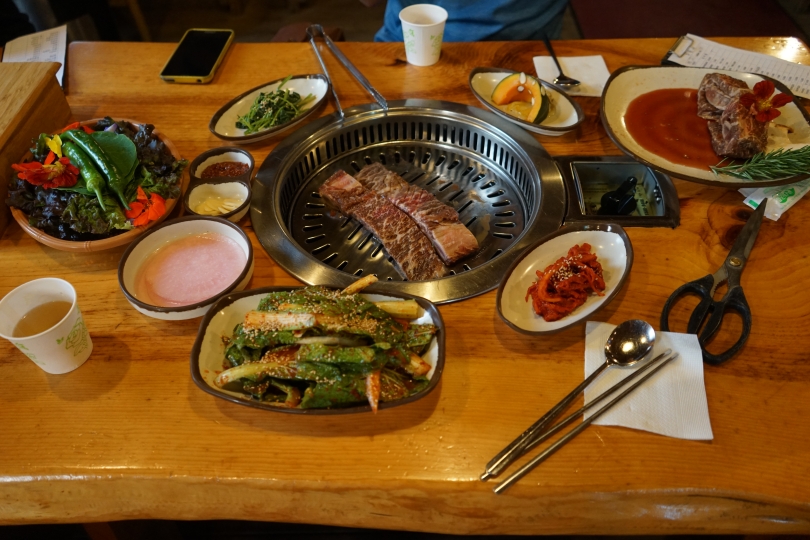
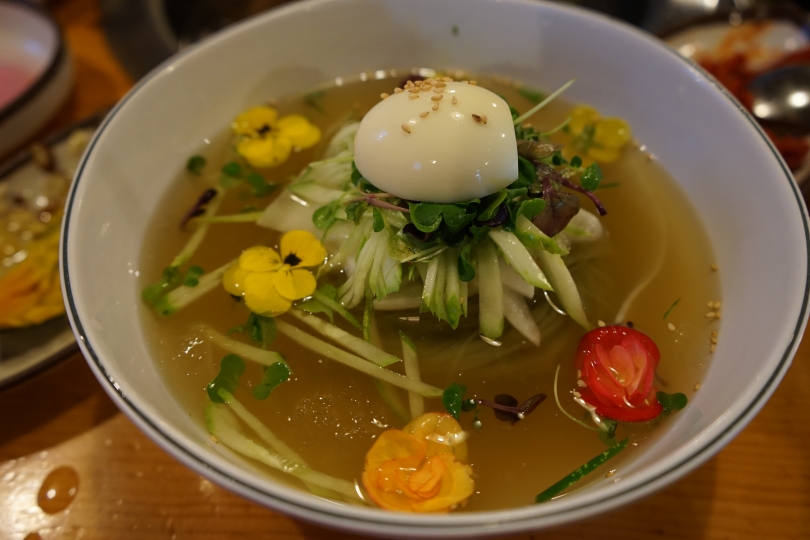








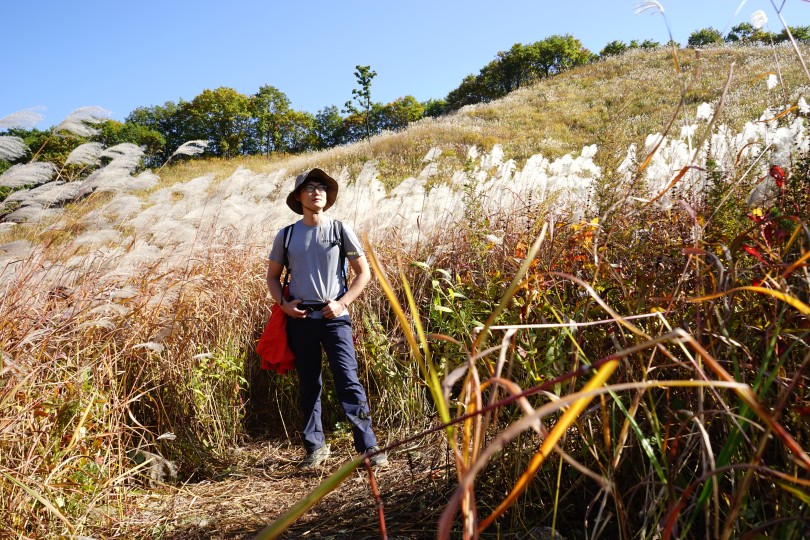











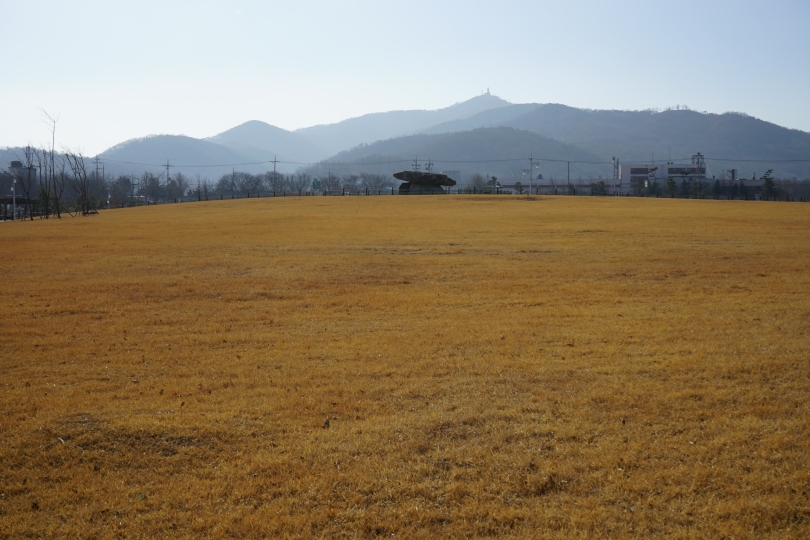








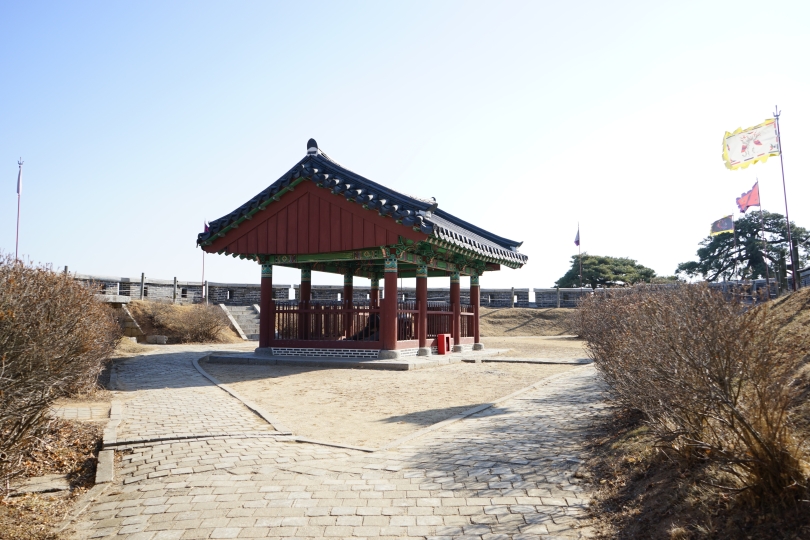











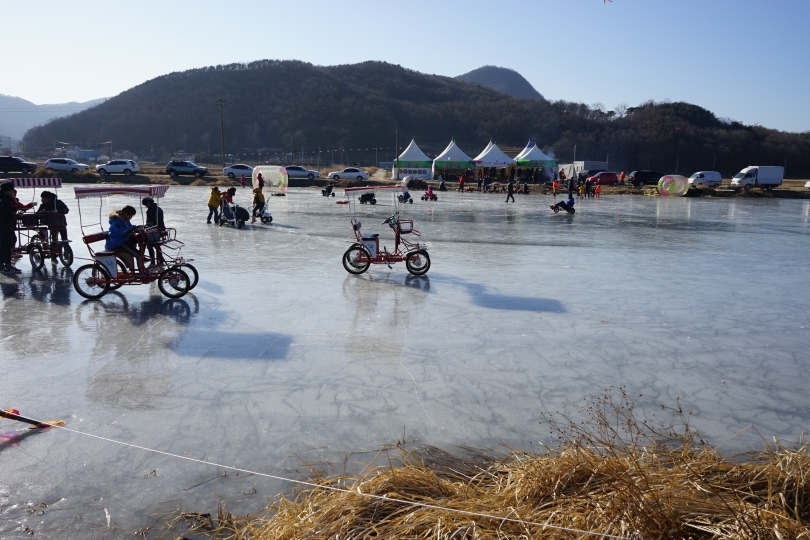



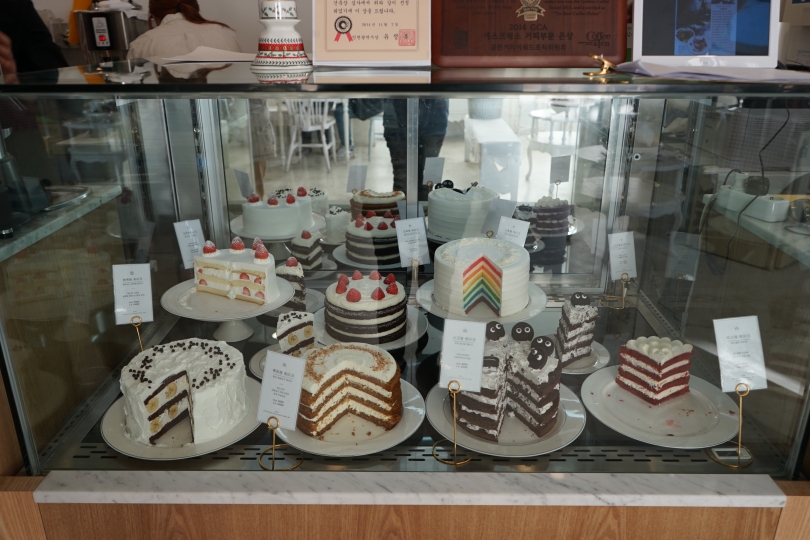





 There were some seagulls.
There were some seagulls.




























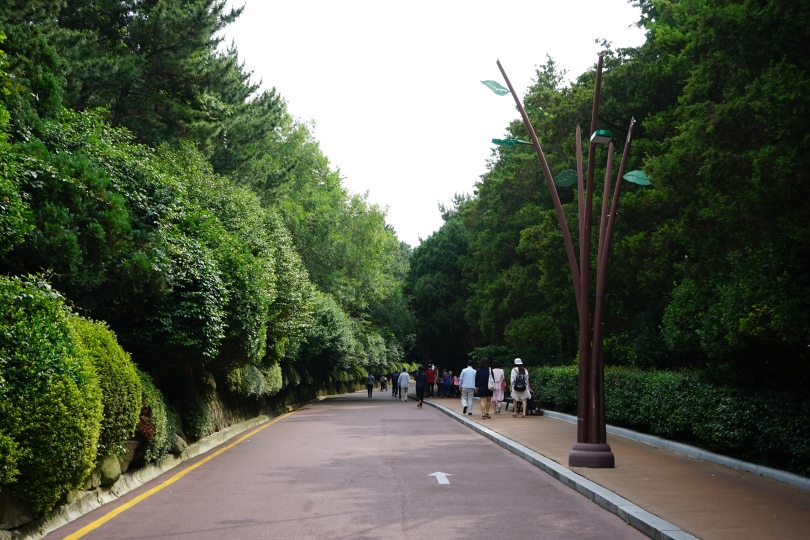
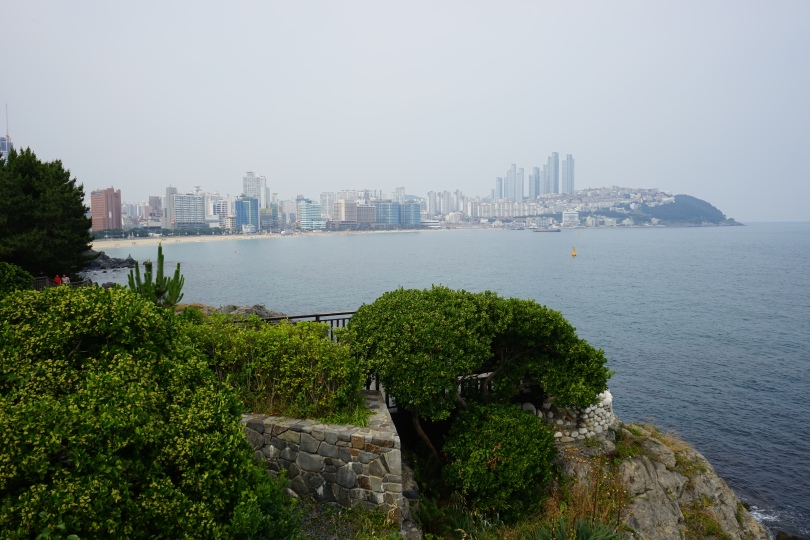




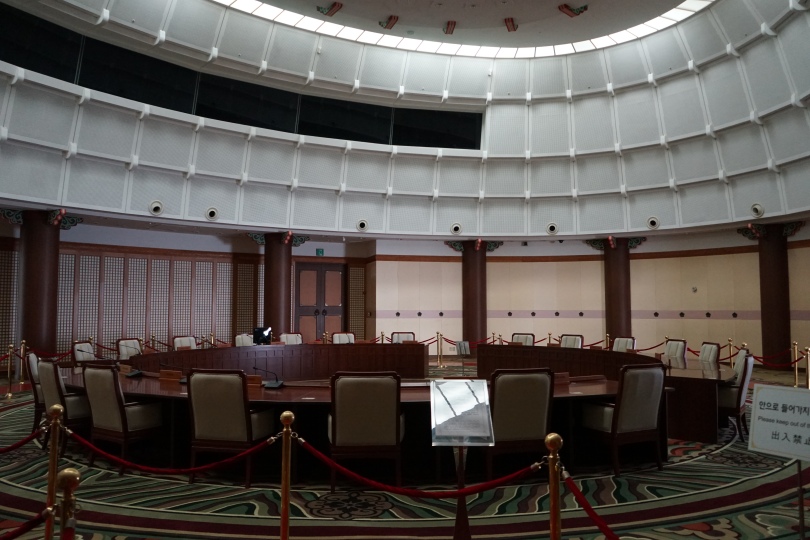 Dongbaekseom Island Admission Fee: free
Dongbaekseom Island Admission Fee: free

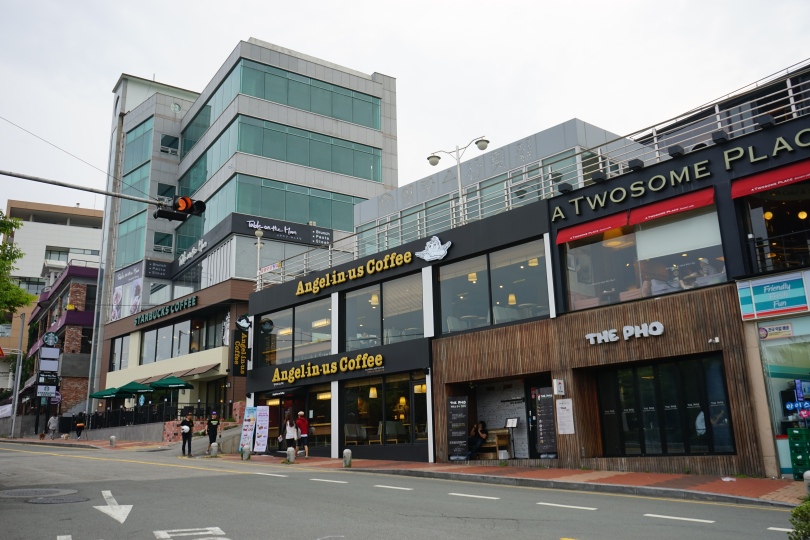





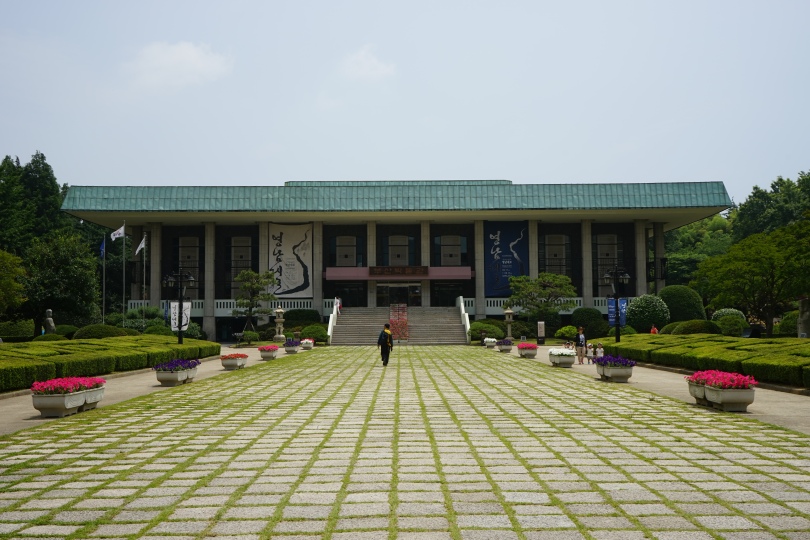
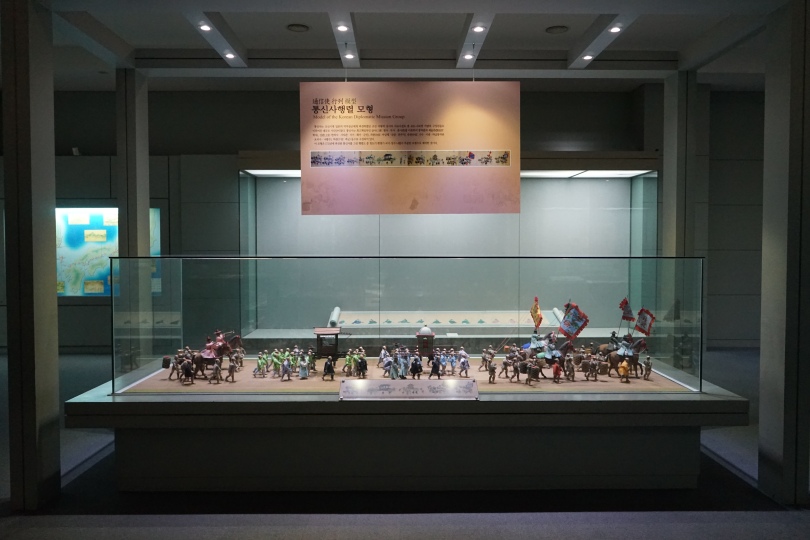



 At the top of the hill there was a pretty cool looking observatory and I some great sights of the rocky shoreline. These cliffs were the highlight of this park.
At the top of the hill there was a pretty cool looking observatory and I some great sights of the rocky shoreline. These cliffs were the highlight of this park. 

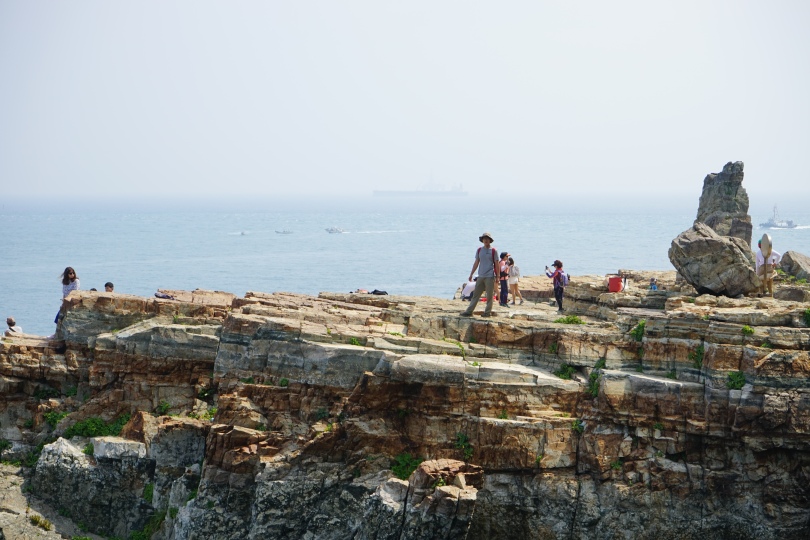


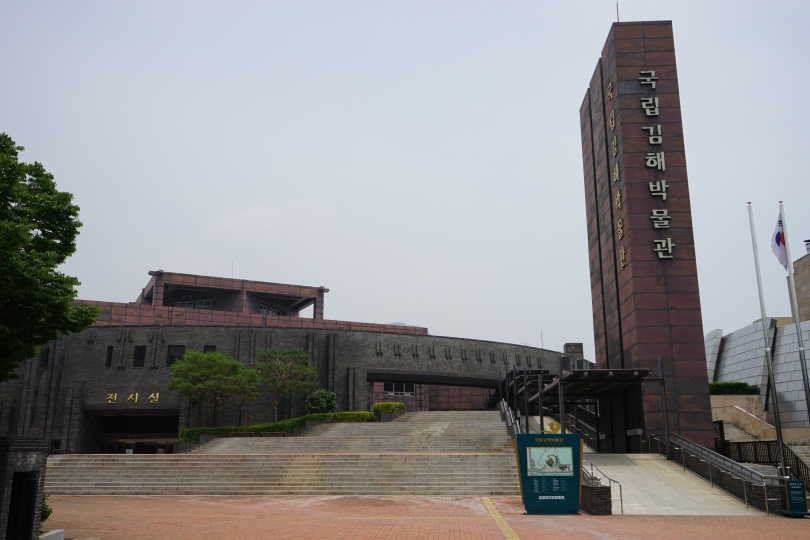

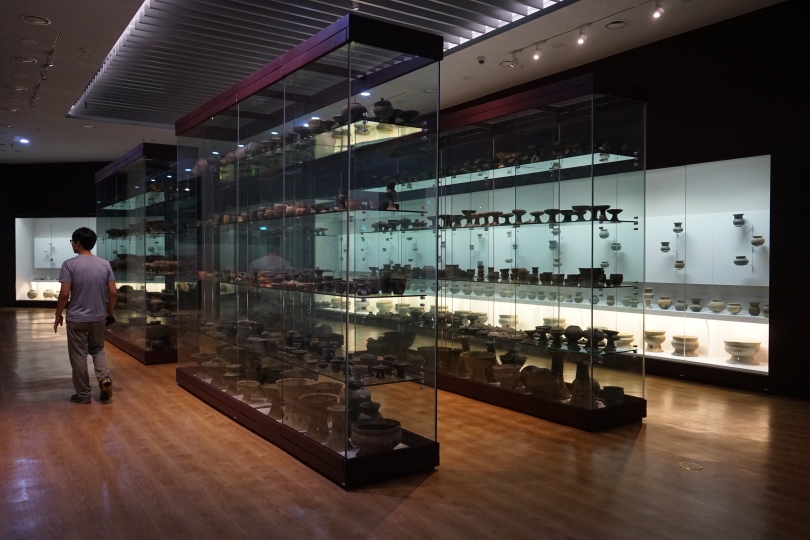

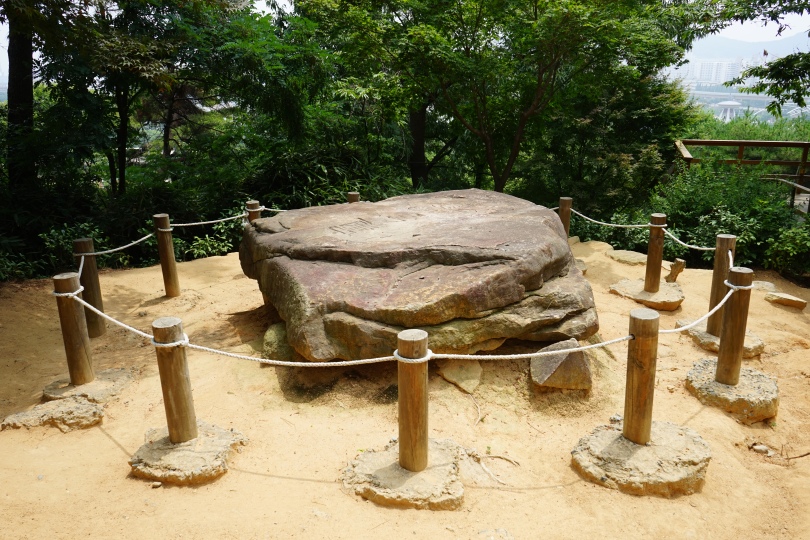

 Guijibong Peak Admission Fee: free
Guijibong Peak Admission Fee: free
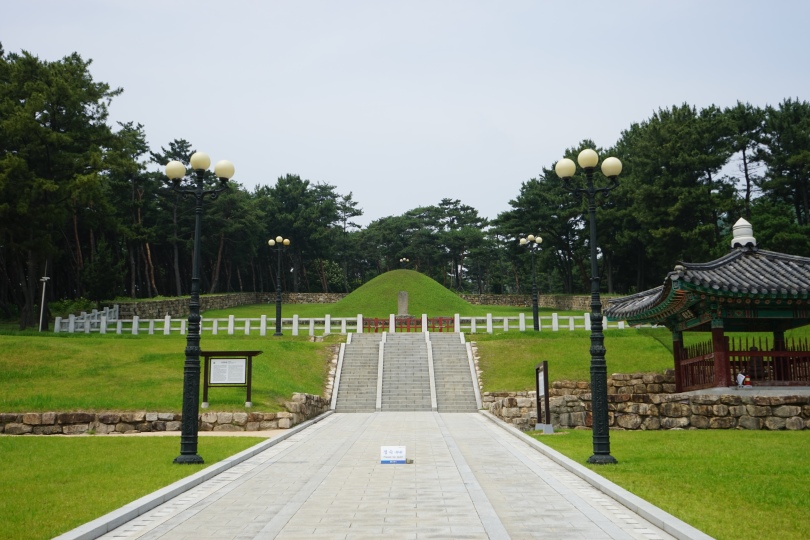



 I walked around the site outside where many tombs were found, and you’ll see white lines marking outlining the sites of old excavations. There was even a team there doing an excavation when I visited.
I walked around the site outside where many tombs were found, and you’ll see white lines marking outlining the sites of old excavations. There was even a team there doing an excavation when I visited.
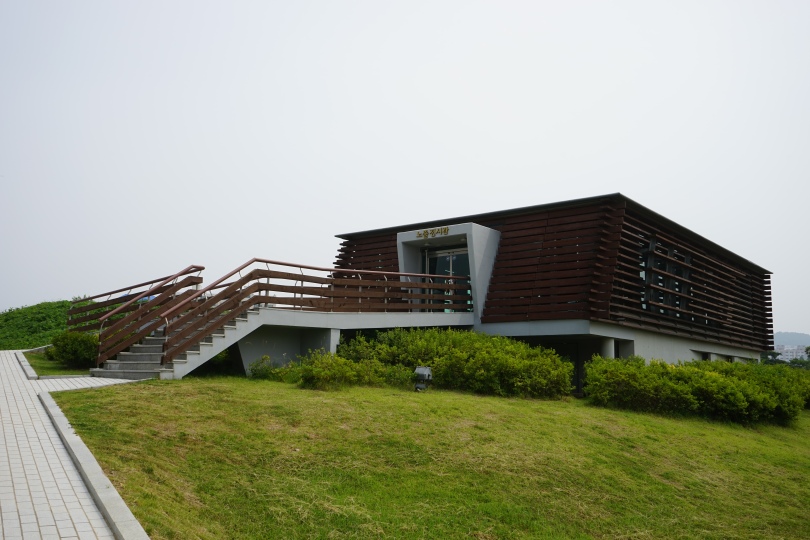
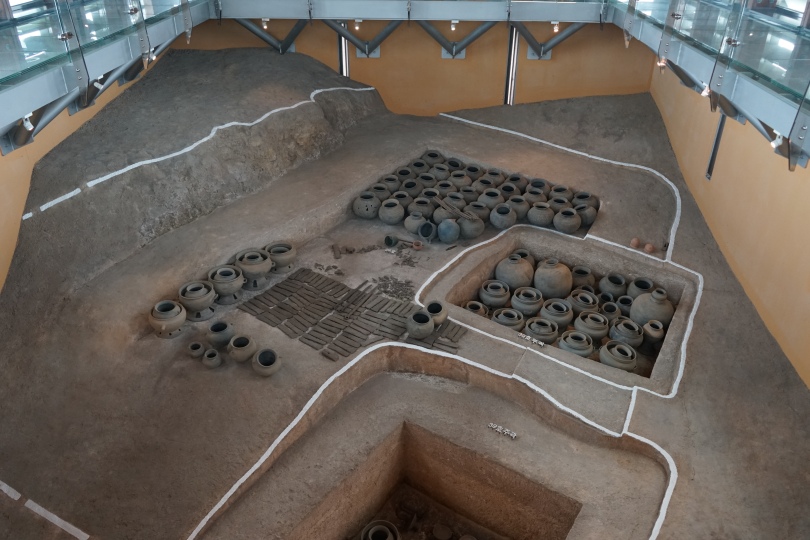 D
D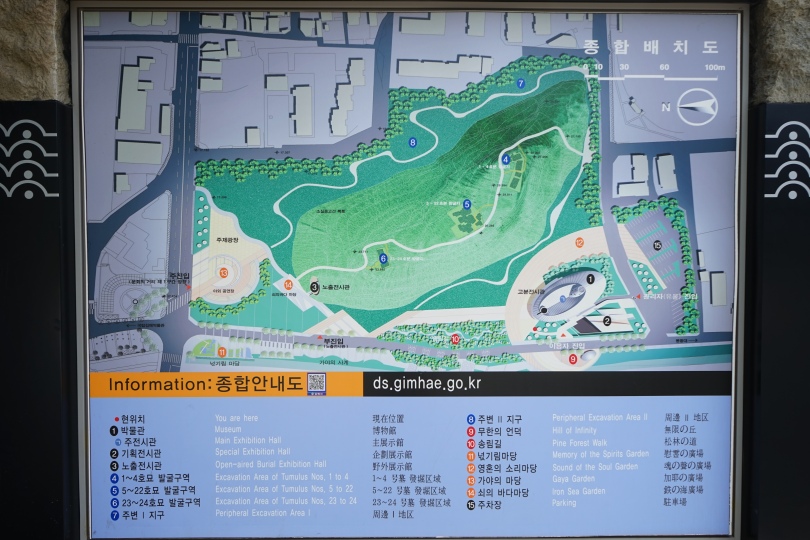 Daeseongdong Tombs Museum and Excavation Site Admission Fee: free
Daeseongdong Tombs Museum and Excavation Site Admission Fee: free


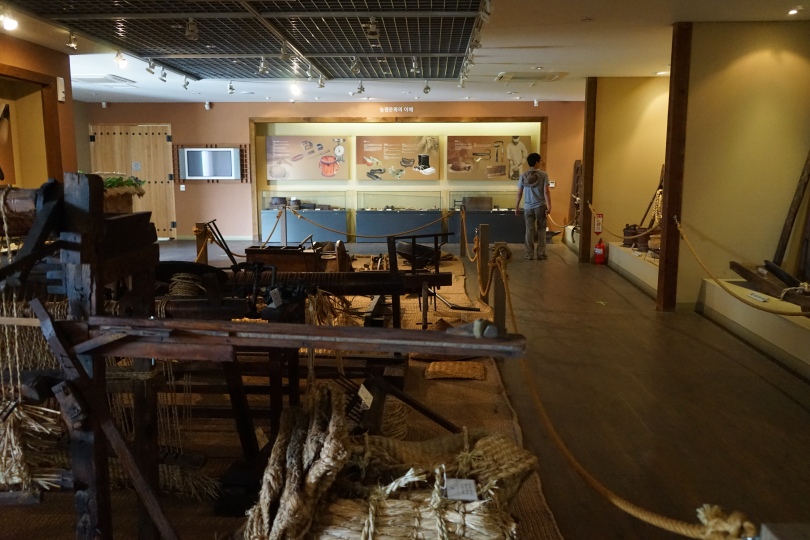
 Gimhae Folk Museum Admission Fee: free
Gimhae Folk Museum Admission Fee: free
 Royal Tomb of King Suro Admission Fee: free
Royal Tomb of King Suro Admission Fee: free

 This is also where the remains of raised houses and a residential site of the Gaya period were excavated. This is significant because it was one of the first places in Korea to have homes with elevated floors.
This is also where the remains of raised houses and a residential site of the Gaya period were excavated. This is significant because it was one of the first places in Korea to have homes with elevated floors.


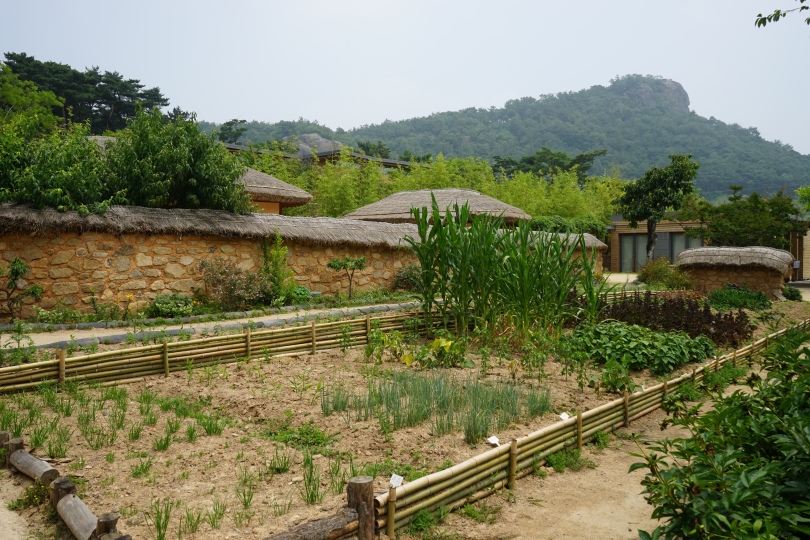
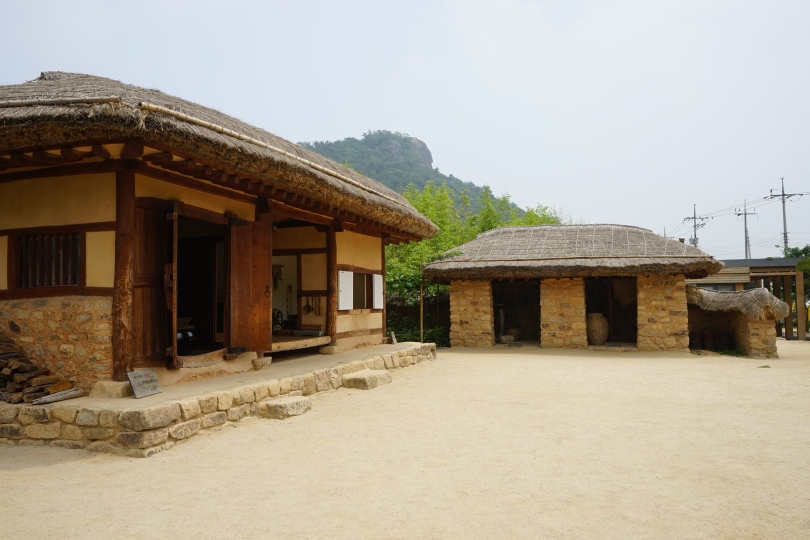
 In the neighborhood, there’s also a warehouse exhibition center commemorating Roh Moo-hyun, specifically the things he did to help farmers and agriculture.
In the neighborhood, there’s also a warehouse exhibition center commemorating Roh Moo-hyun, specifically the things he did to help farmers and agriculture.




 I suggest trying some of the Barley Bread Cakes? 찰보리빵 which tastes just like the ones that I just tried in Gyeongju 경주. Many of the street vendors in the walking path to Roh Moo-hyun’s birthplace sold them.
I suggest trying some of the Barley Bread Cakes? 찰보리빵 which tastes just like the ones that I just tried in Gyeongju 경주. Many of the street vendors in the walking path to Roh Moo-hyun’s birthplace sold them.








 Behind Chokseongnu there is a path to Uiam Rock (의암). In order to celebrate their successful invasion in 1593, Japanese officials had a party at Chokseongnu and invited/ordered the local gisaengs to entertain them. One of the gisaengs, named Nongae (논개), managed to seduce a Japanese officer to walk towards the cliff at Uiam Rock and embraced him while jumping to death. Her suicide/assasination is a popular story of patriotism, and because of this, Nongae is one of the more famous gisangs in Korean history.
Behind Chokseongnu there is a path to Uiam Rock (의암). In order to celebrate their successful invasion in 1593, Japanese officials had a party at Chokseongnu and invited/ordered the local gisaengs to entertain them. One of the gisaengs, named Nongae (논개), managed to seduce a Japanese officer to walk towards the cliff at Uiam Rock and embraced him while jumping to death. Her suicide/assasination is a popular story of patriotism, and because of this, Nongae is one of the more famous gisangs in Korean history.


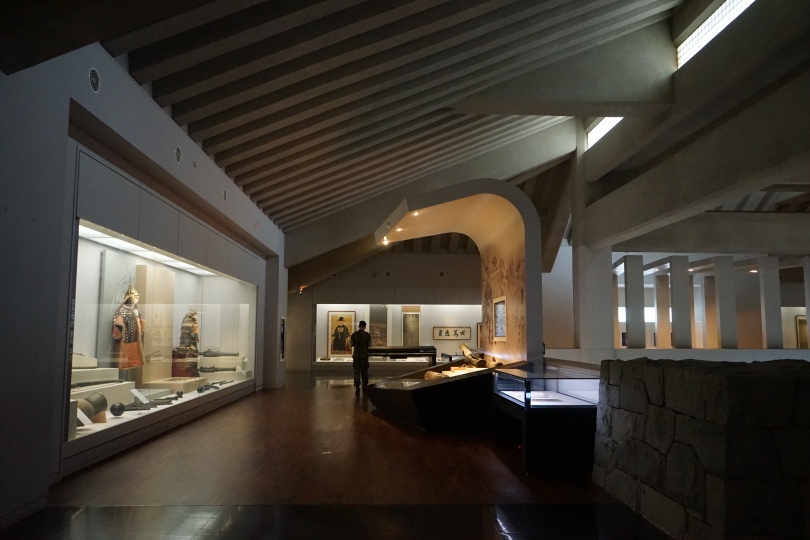
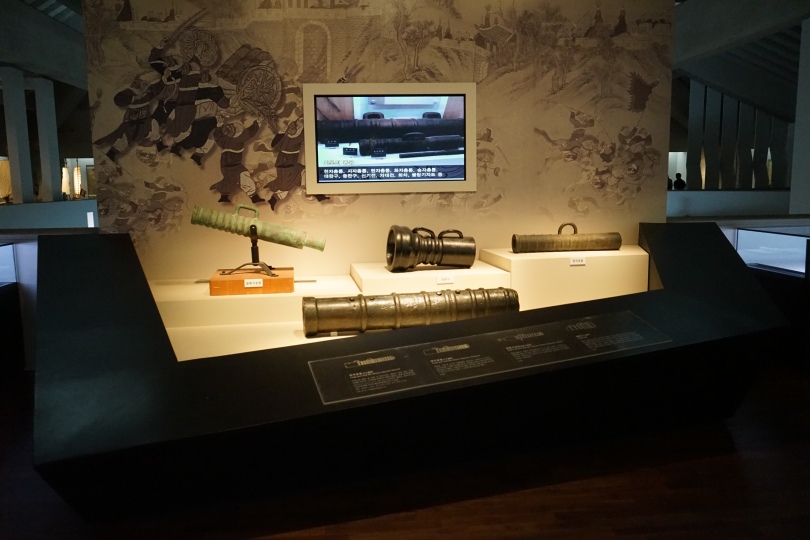




 T
T


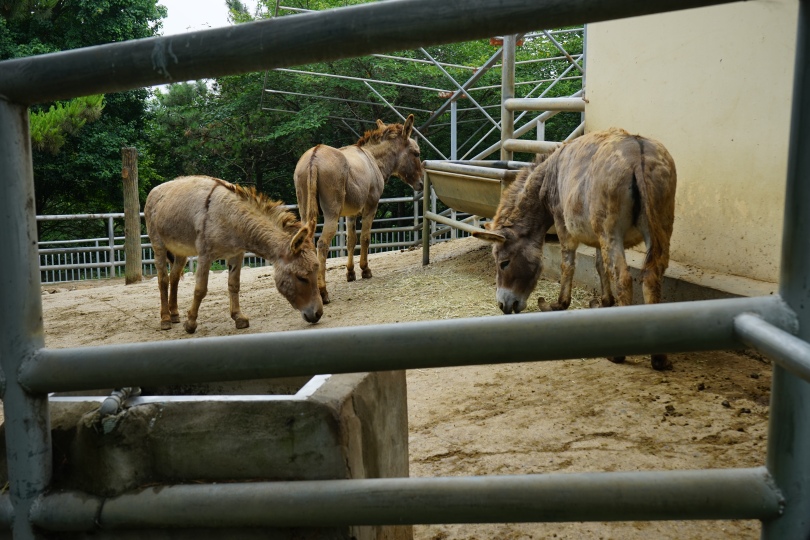
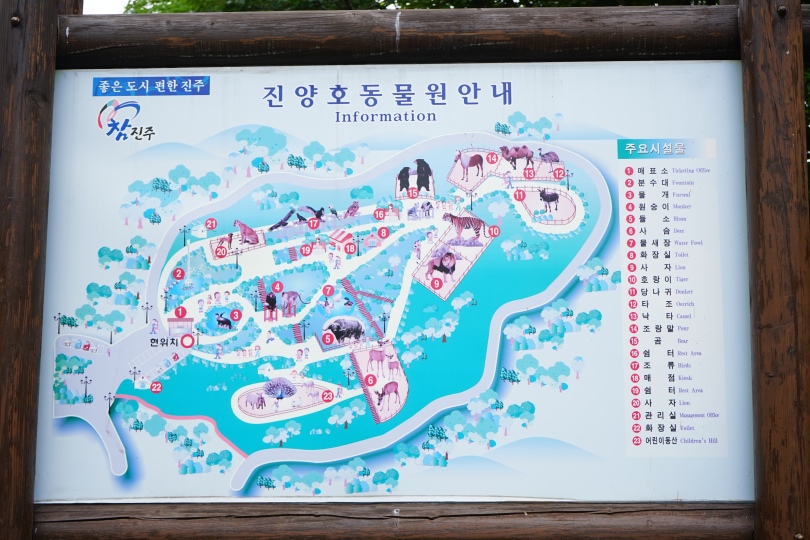




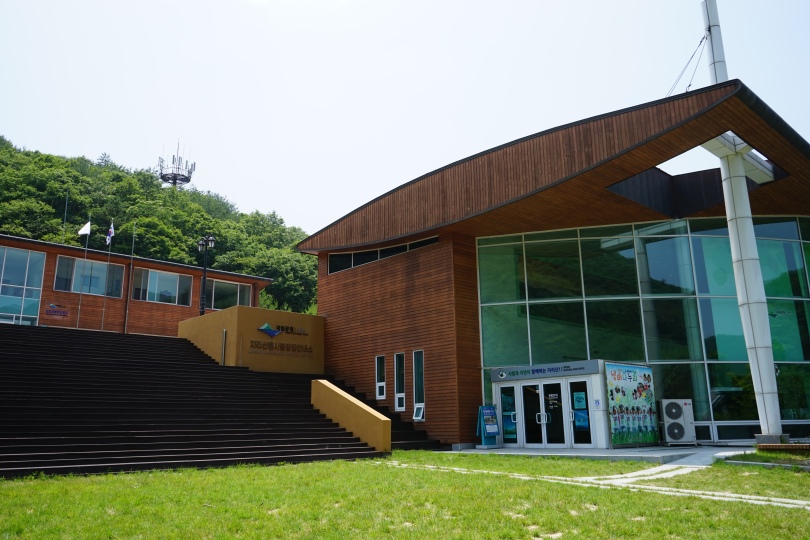
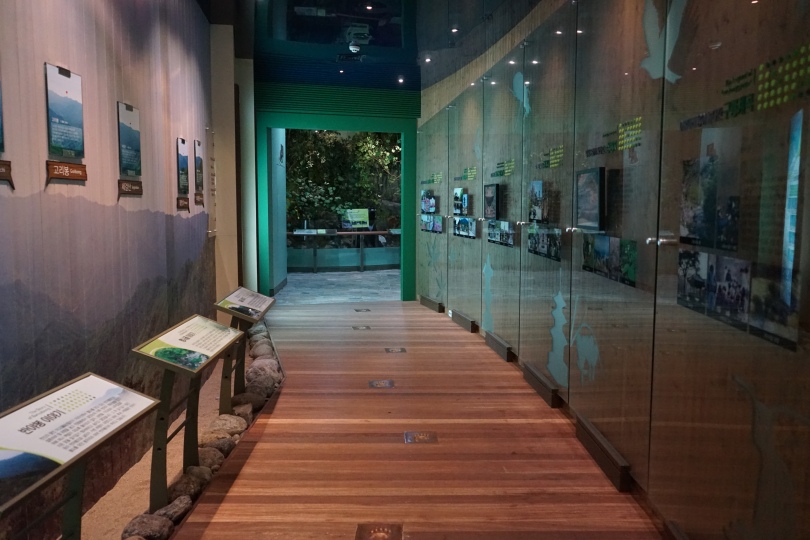






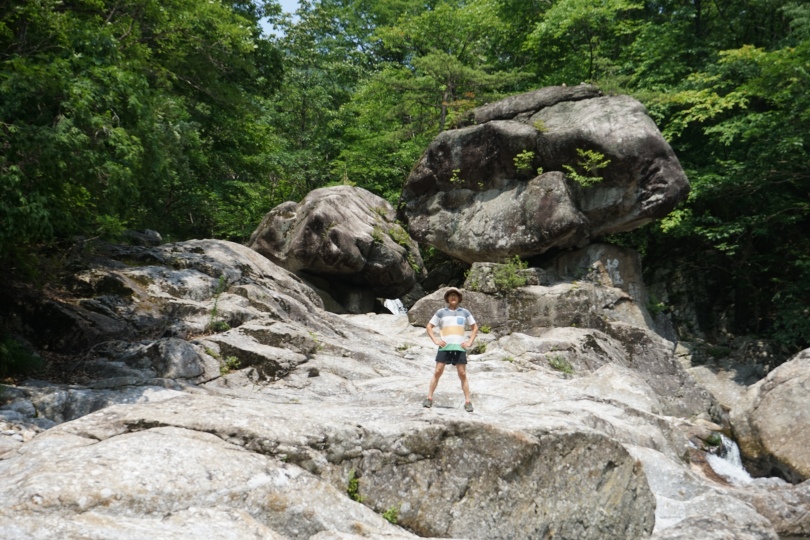 There were a lot of places in the creek that were deep enough for swimming.
There were a lot of places in the creek that were deep enough for swimming.










